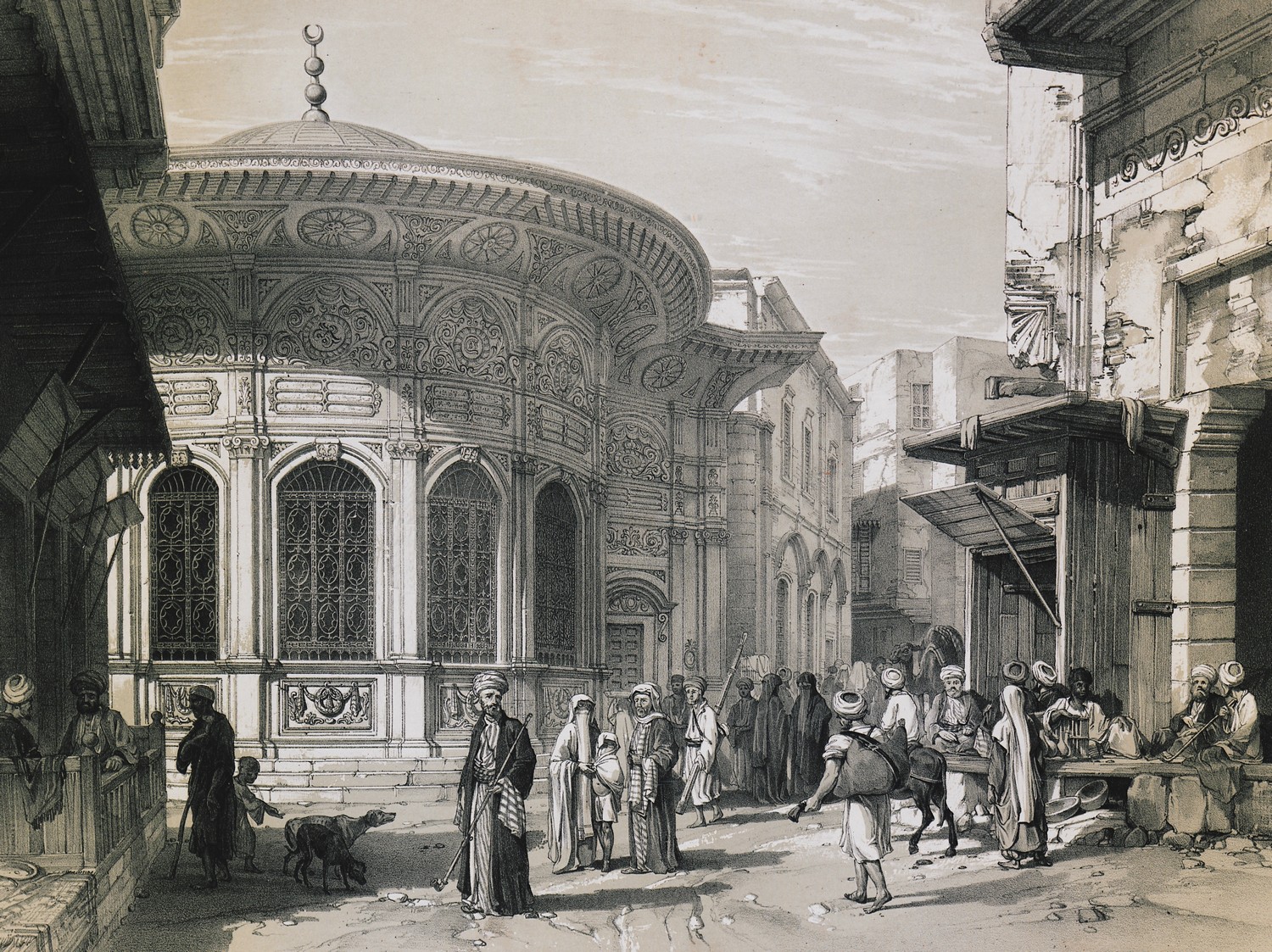HAY, Robert, Esq. Illustrations of Cairo, Londra, Tilt and Bogue, 1840.
Robert Hay (1799-1863) was a Scottish explorer, antiquarian, and early Egyptologist. Born at Duns Castle in Berwickshire into a well-established Scottish family, he joined the Royal Navy at the age of 13, thus following a family tradition of service in the armed forces. Navy service brought him to Alexandria in 1818 and this visit, coupled with reading Belzoni's works, inspired him to return to Egypt and travel.
For almost ten years beginning in 1824, Hay explored Egypt, recording the ancient temples and tombs along the Nile, not merely by making sketches and brief descriptions, as earlier travelers had done, but thoroughly, with architectural plans and detailed copies of the murals and inscriptions. Robert Hay was typical of the new generation of antiquarians, and he was wealthy enough to employ a number of artists, who were greatly assisted in their by the use of the camera lucida, a portable device with prisms that enables exact drawings to be made of scenes and objects. Other artists who worked with or for Hay included Joseph Bonomi, who had trained as a sculptor, and Francis Arundale, who had studied architecture, and also painting under Pugin.
In 1828 Hay married Kalitza Psaraki (Greek: Καλλίτσα Ψαράκη), the daughter of a Greek notable taken from her homeland of Crete to the slave-bazaars of Egypt by the Ottomans after the suppression of an uprising on the island. She accompanied Hay during the rest of his exploration of Egypt. Hay died in East Lothian, Scotland, in 1863. His collection of artifacts and plaster casts was purchased by the British Museum, except for some objects which were sold to a Boston banker and form part of the collection of the Museum of Fine Arts in Boston. The vast corpus of his drawings, paintings, plans, notebooks and diaries is kept in the British Library and it is often consulted by Egyptologists wishing to see tombs, temples and wall paintings in a less deteriorated and damaged state, as they were in the 1820's. Astonishingly however, aside from one book - "Illustrations of Cairo", published in 1840– none of Hay's work ever saw the light of day. The 1840 publication of his lithographs did not sell well because of its exorbitant price, but the images are of great value to scholars.
The volume contains thirty lithographic plates done mostly from the drawings of Owen Browne Carter, an architectural draughtstsman from Winchester, while six of the drawings were done by Hay himself. Carter's training as an architect can be appreciated in the wonderful architectural details in these plates. The views are mostly topographical in nature, but they include events that integrate the local population with the architectural backdrop such as a circumcision parade, merchants doing business, a wedding procession, women on an outing, and so on. These lithographs depict famous sites in Cairo, as they looked in the early 19th century, for example Sultan al-Zahir Barquq complex. Other plates show vistas of places that have since significantly altered and now-lost monuments such as the Palace of Justice (Arabic: Dar al-'Adl) at Cairo Citadel, of which these illustrations are our only records.
Bibliography
Searight, Sarah. The British in the Middle East. London: Elton Press, 1979. pp. 238 – 241.
Waldron-Grutz, Jane. “The Lost Portfolios of Robert Hay” in Saudi Aramco World, Volume 54, Number 2, March/April 2003. pp. 2-11.
Williams, Caroline. “The Visual Image of Nineteenth-Century Cairo: The British Discovery”, in Abdullah, Thabit; O’Kane, Bernard; Sakkut Hamdi and Serag, Muhammad, Arab and Islamic Studies. Cairo: The American University in Cairo Press, 1997. pp. 40-41.
Written by Nicolas Nicolaides
Konular (31)
-
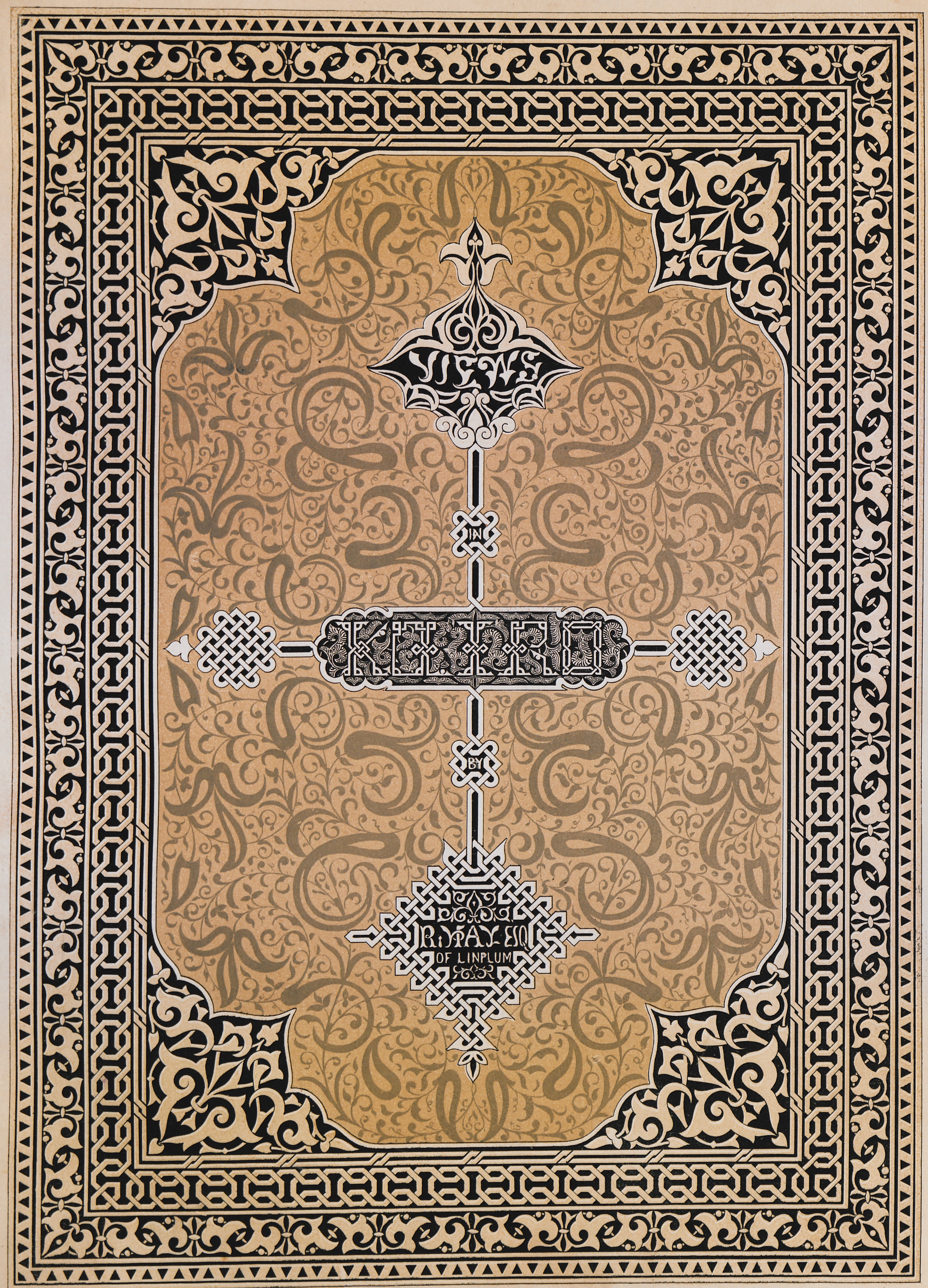
-
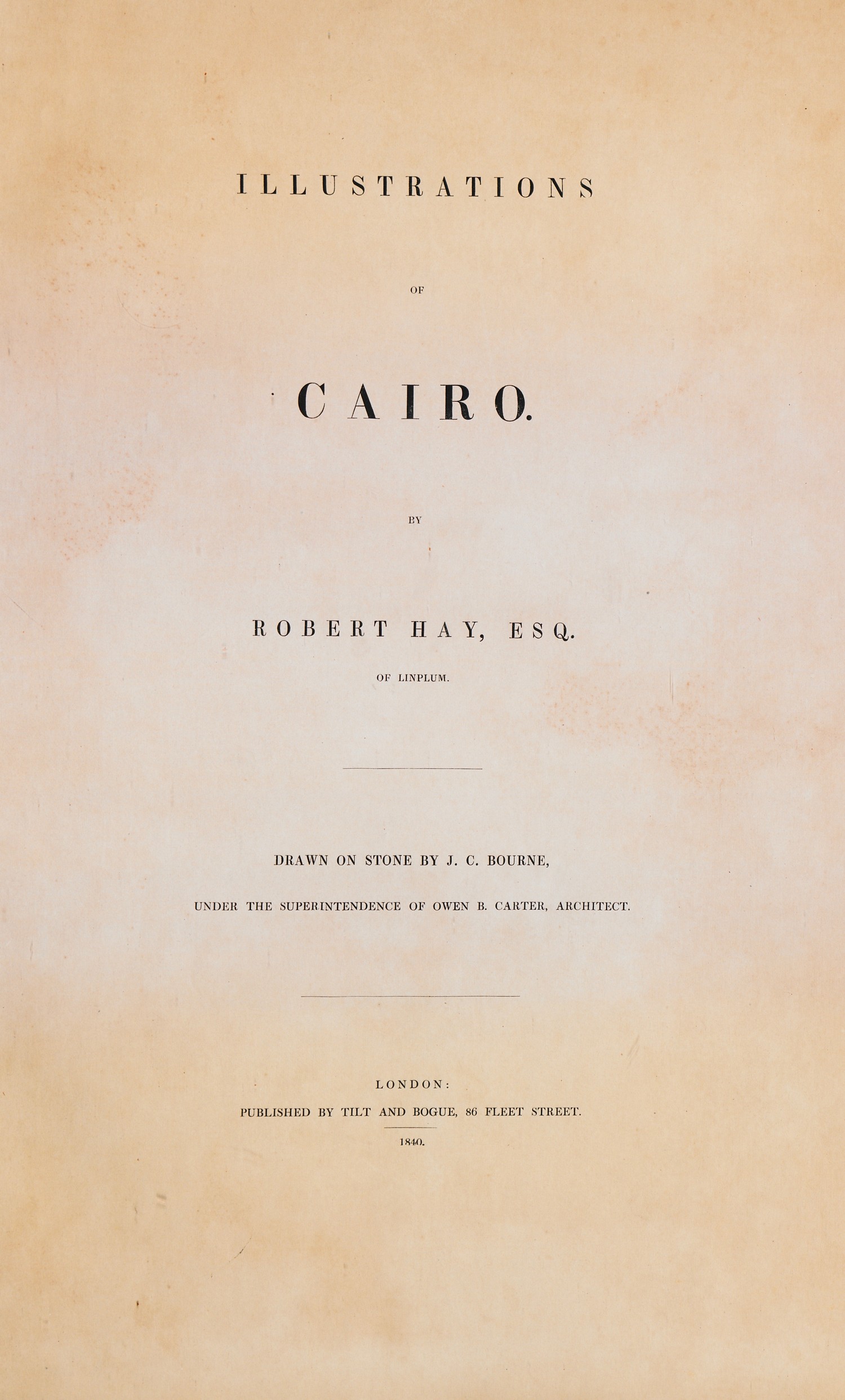
-
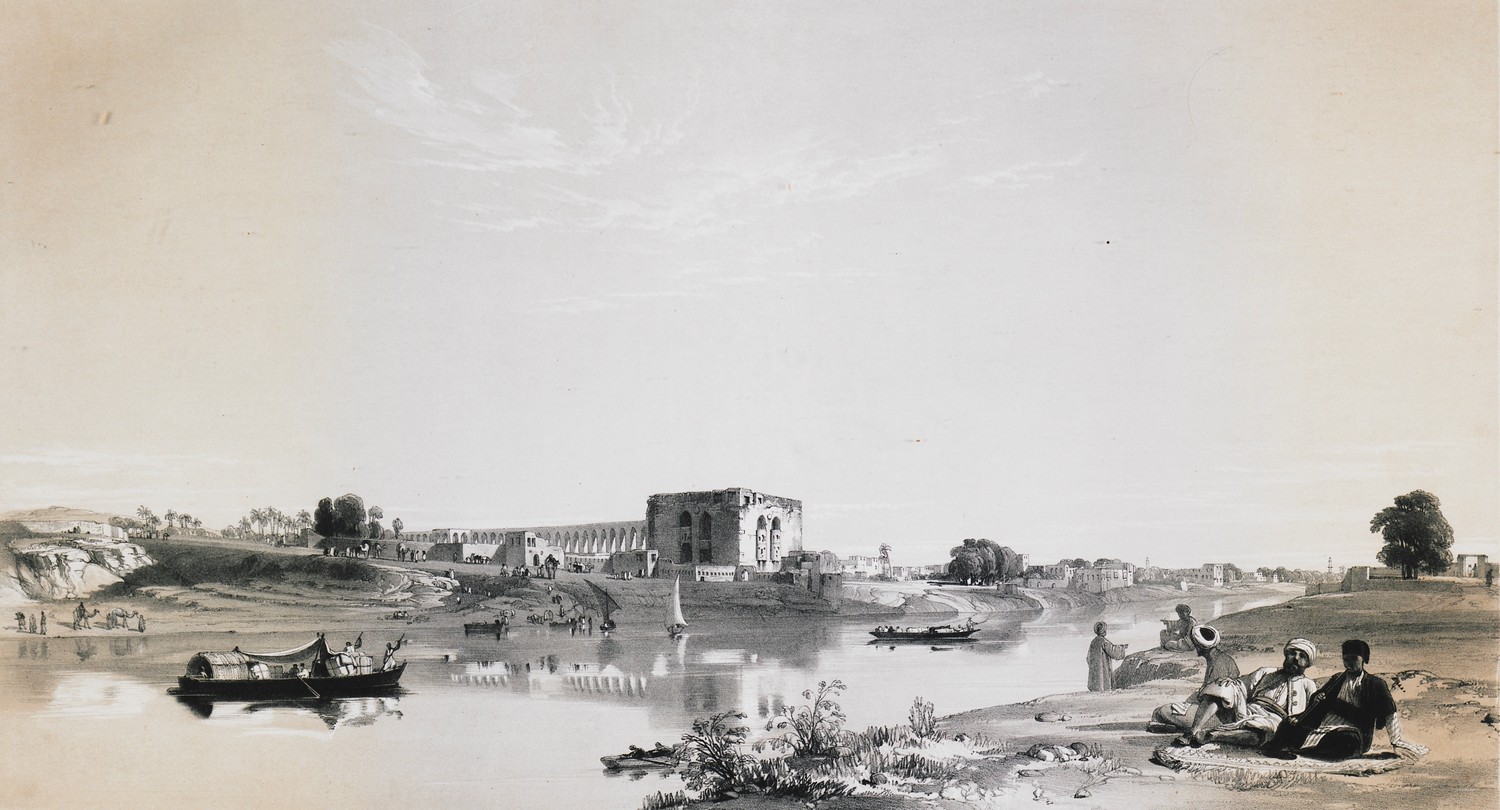
-
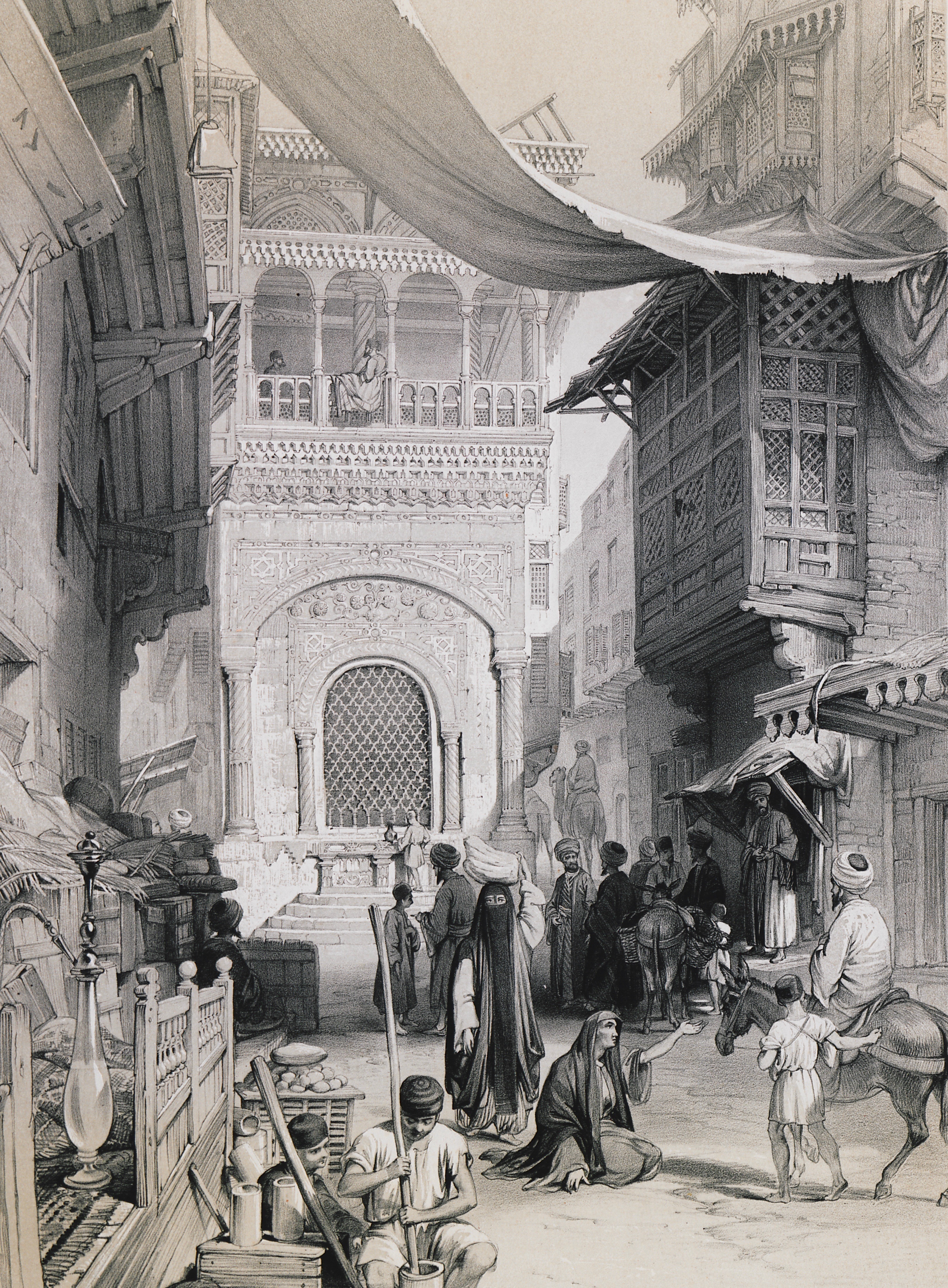
-
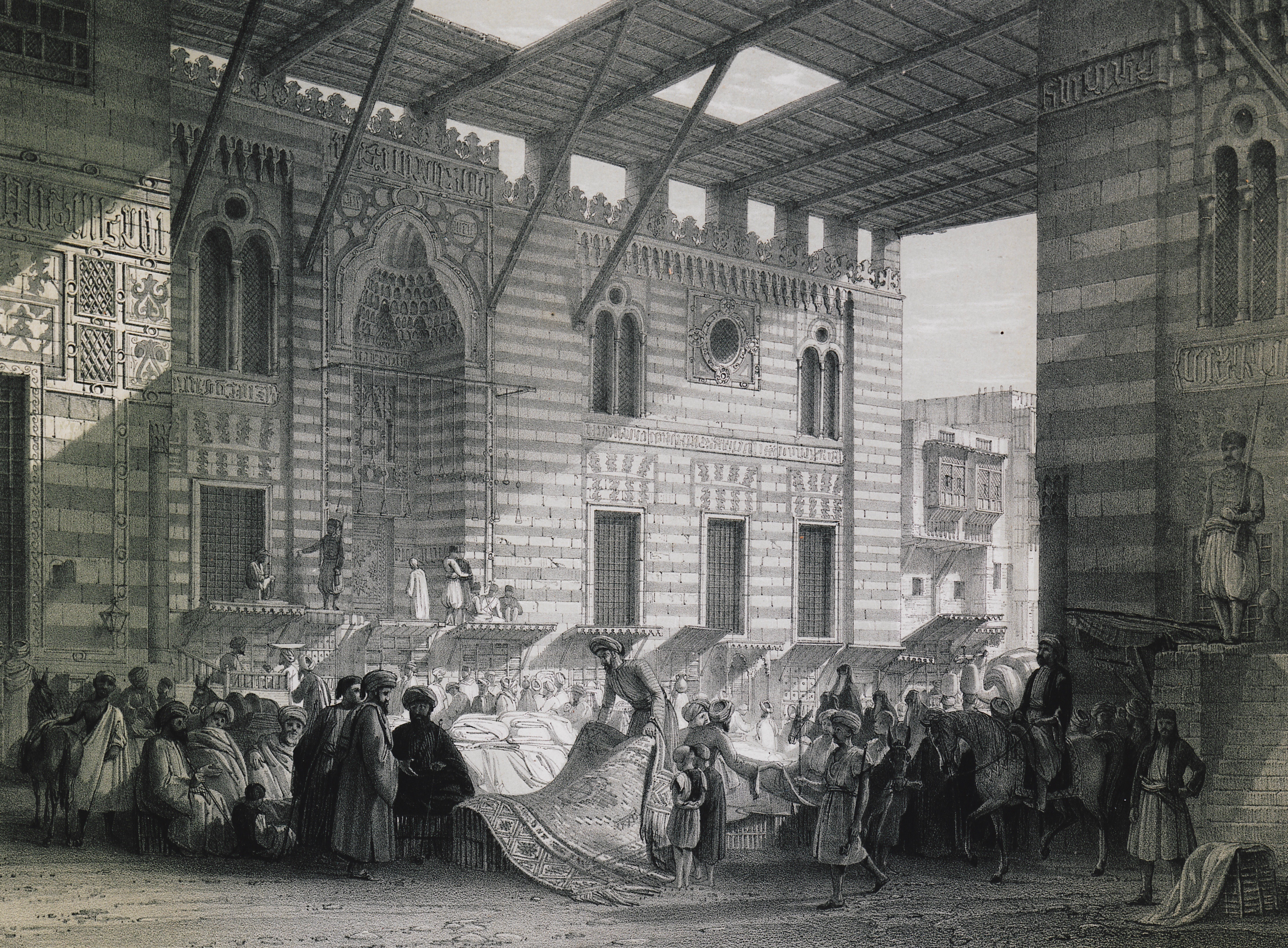
-
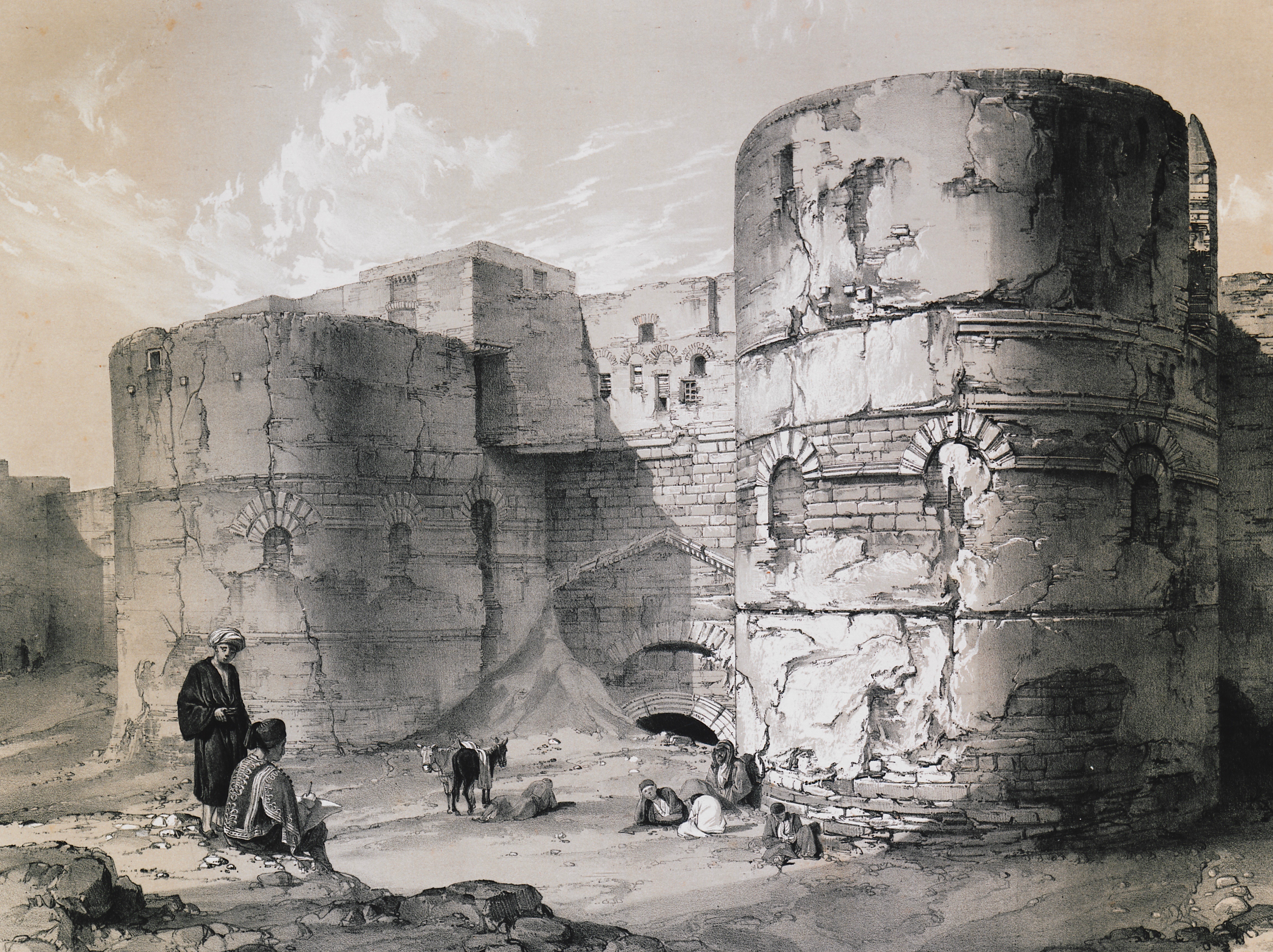
Gate at the Roman fortress of Babylon, today in the Coptic quarter of Cairo.
-
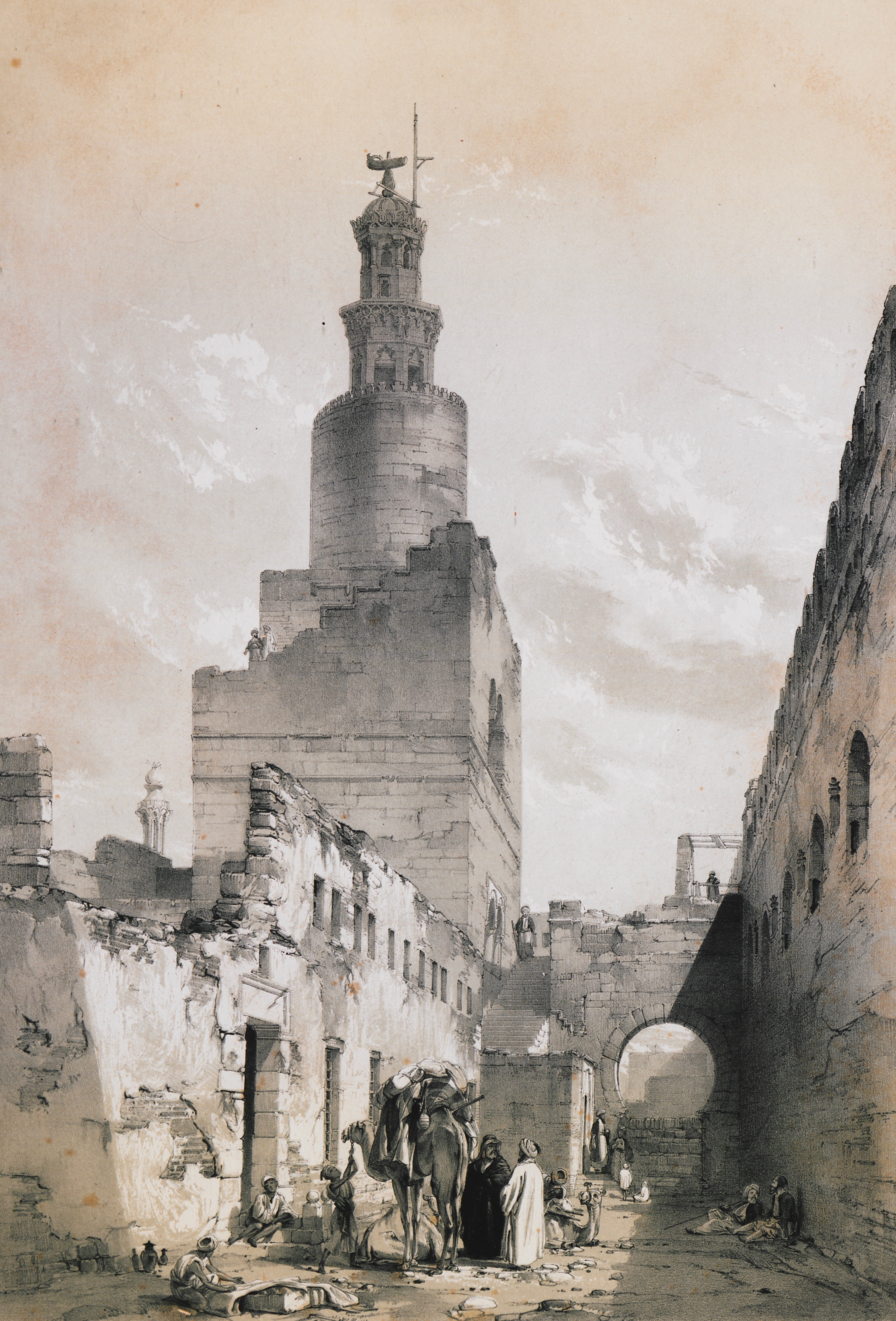
-
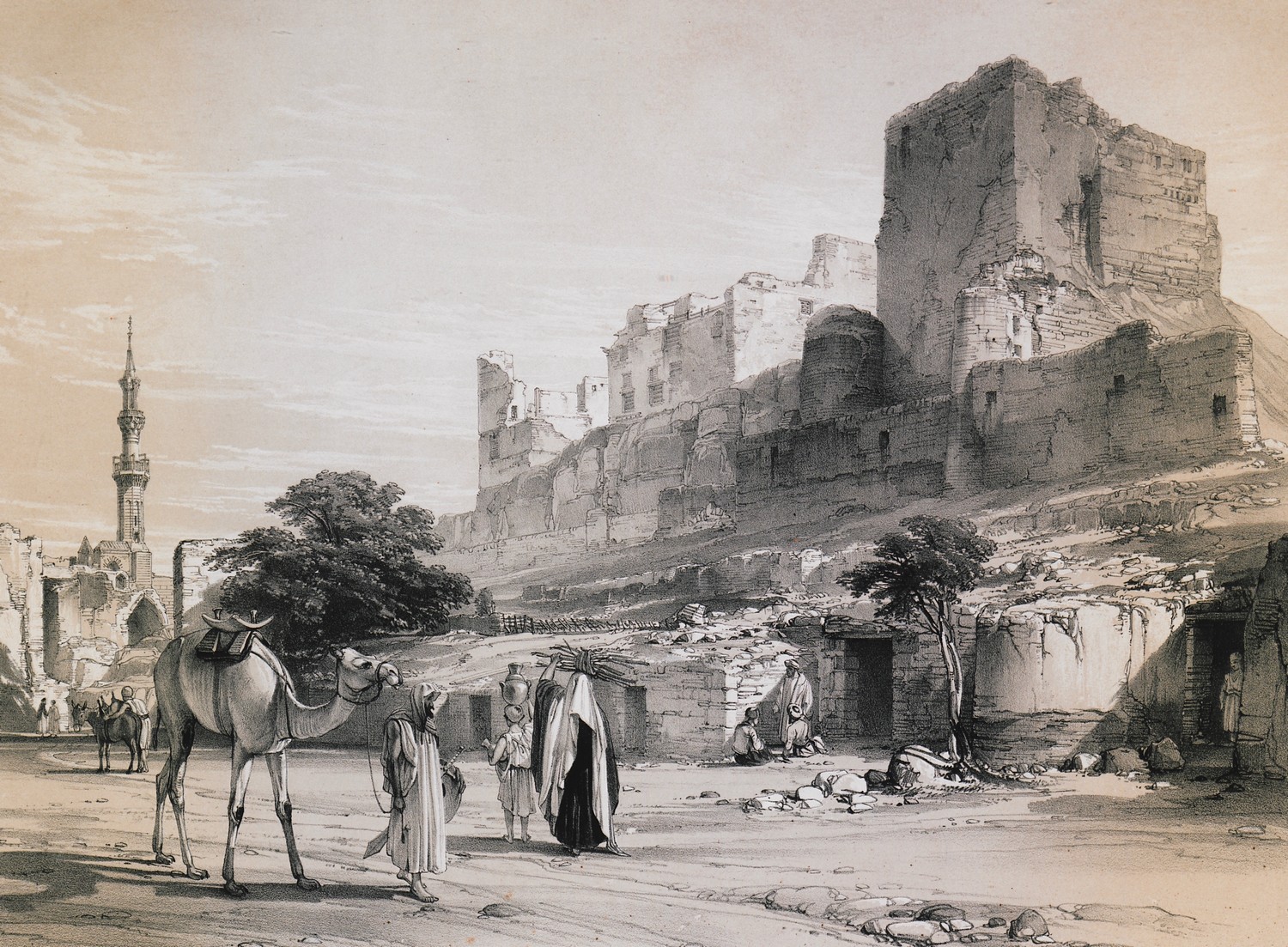
-
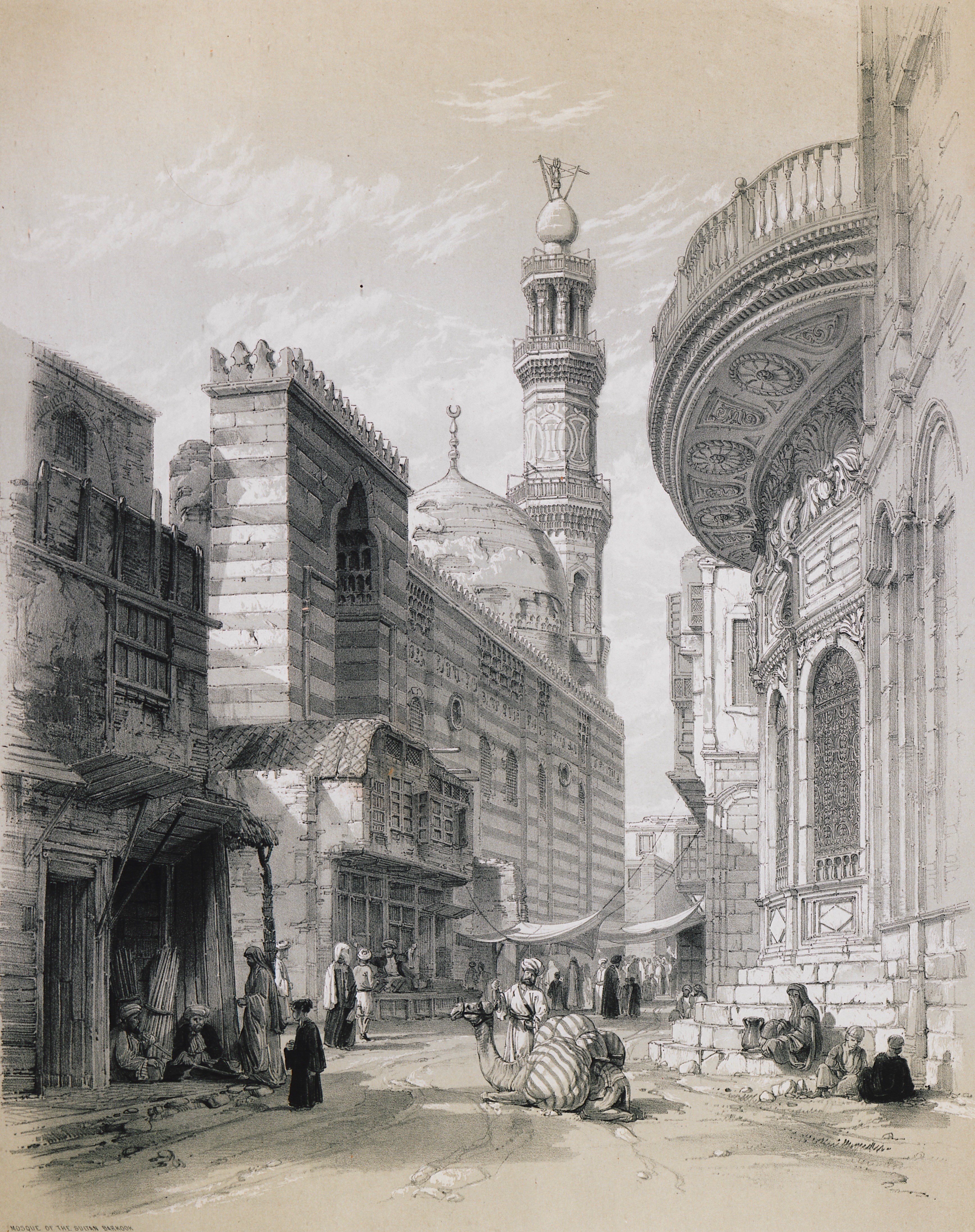
-
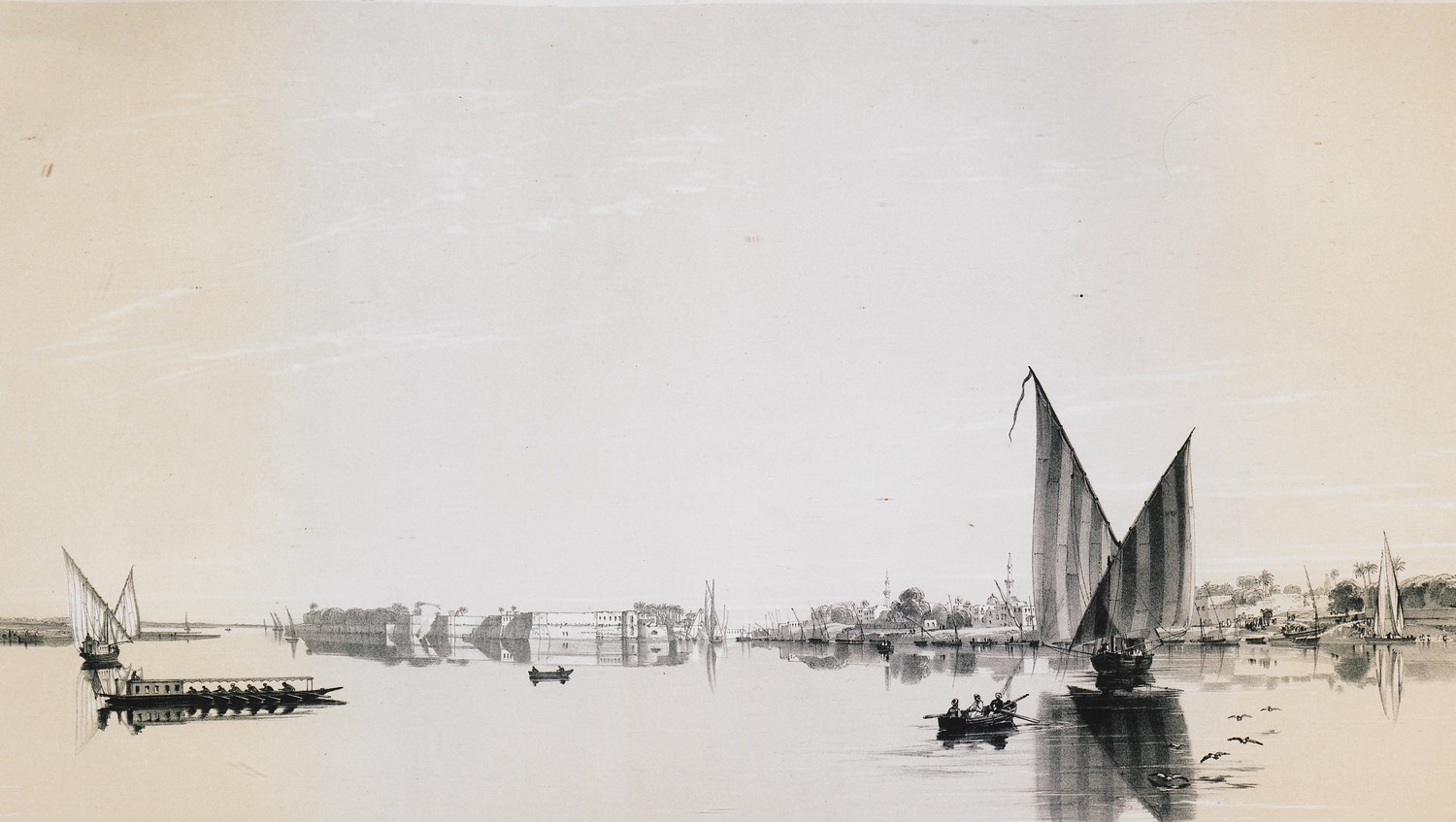
-
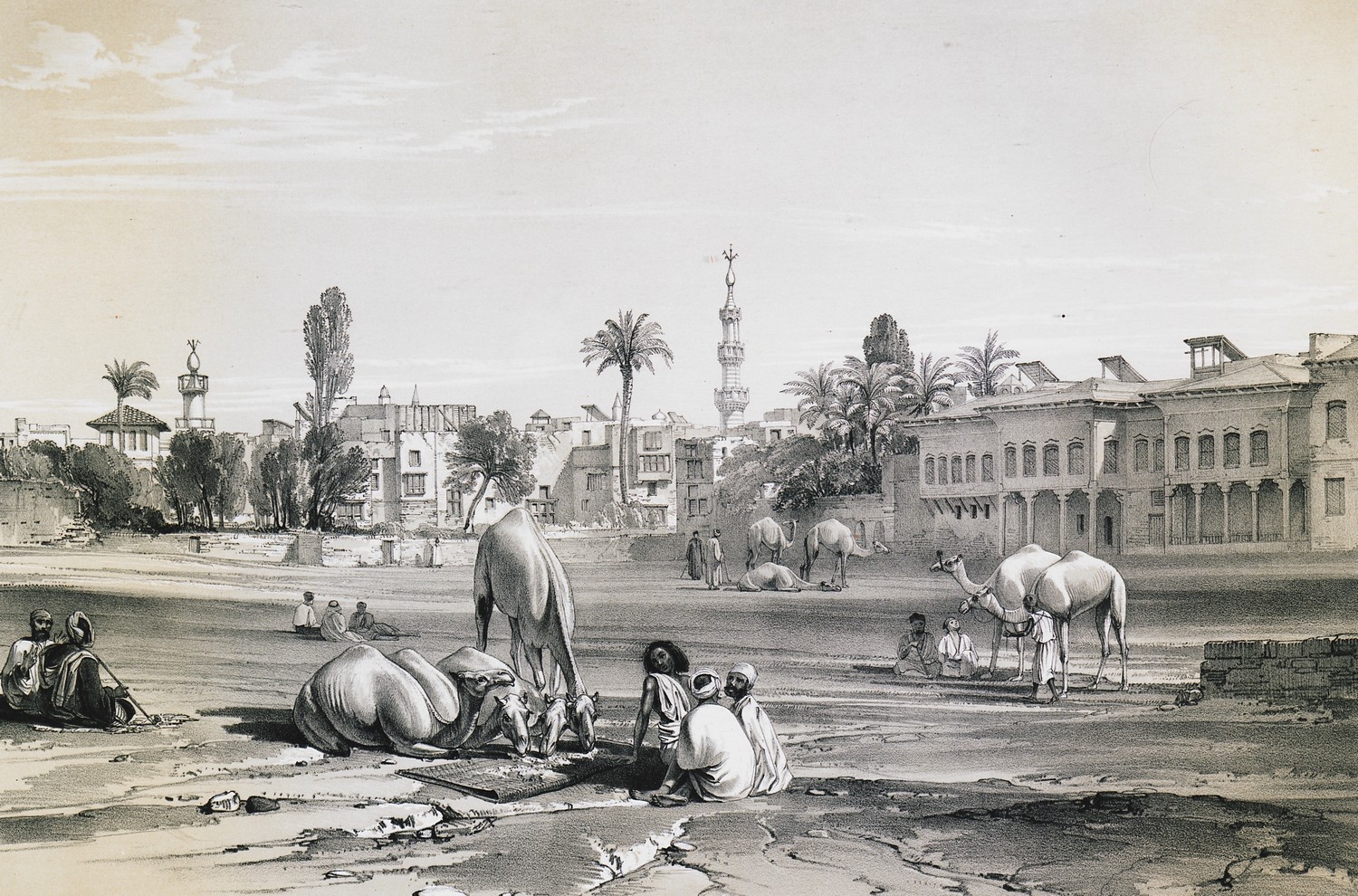
-
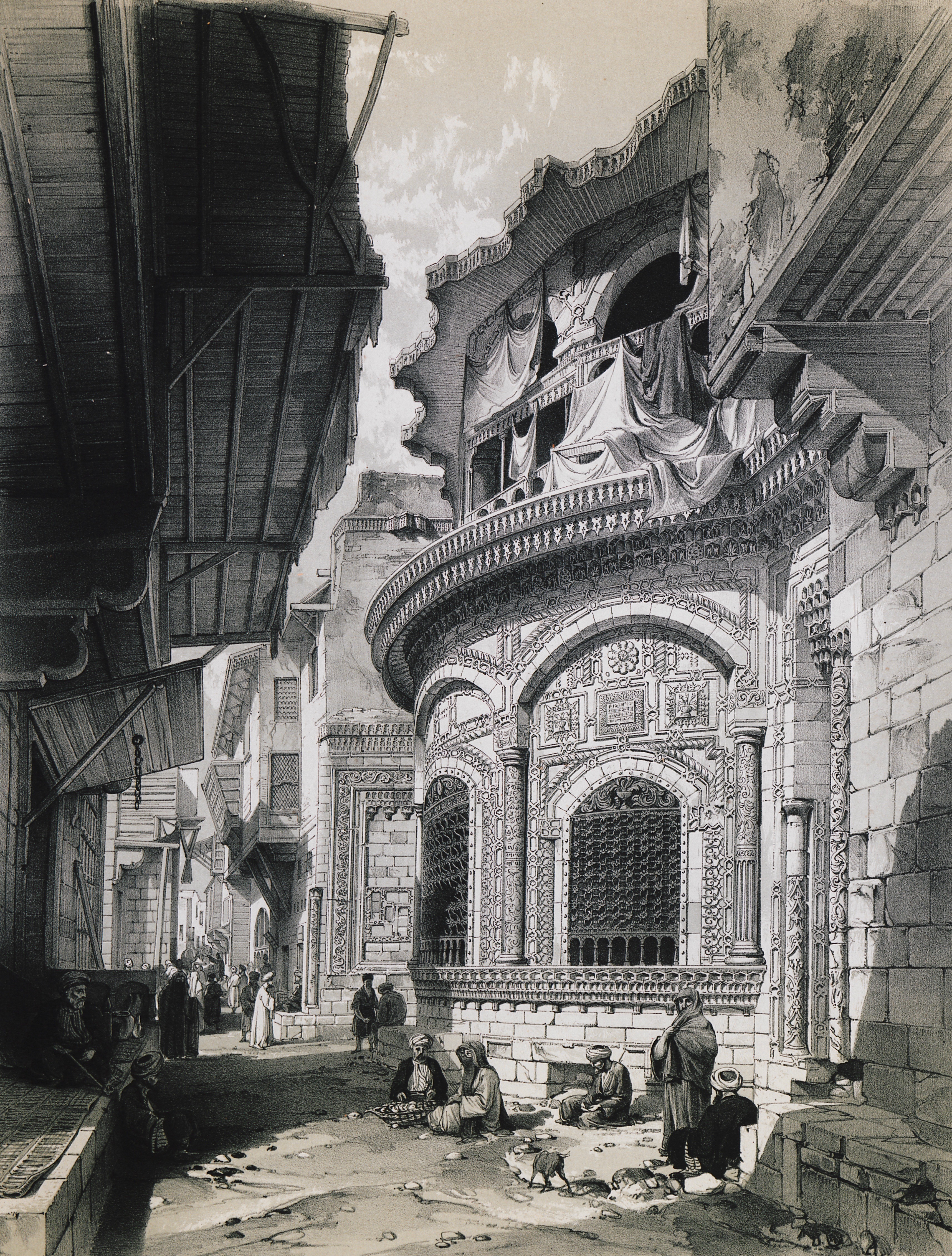
-
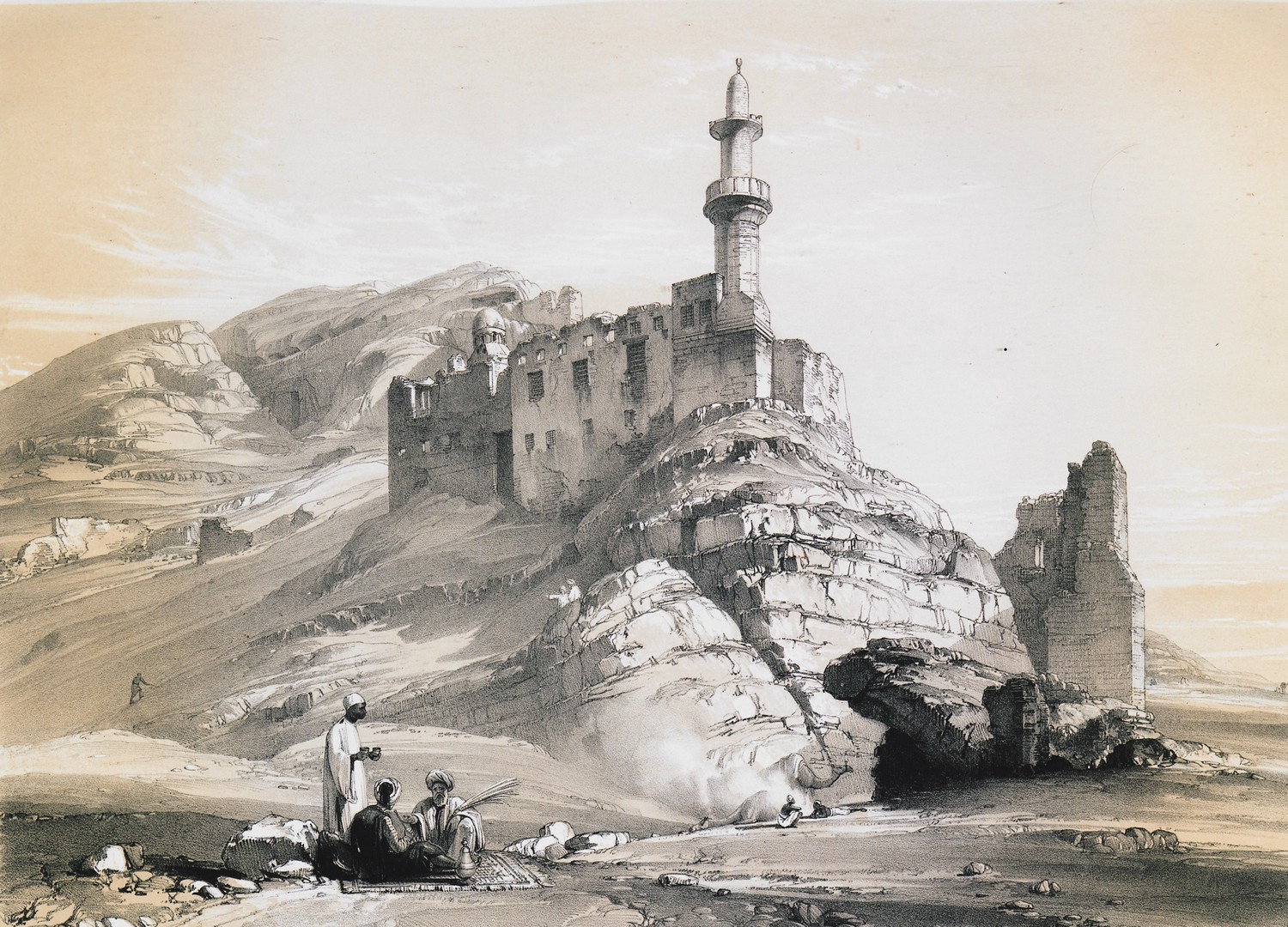
-
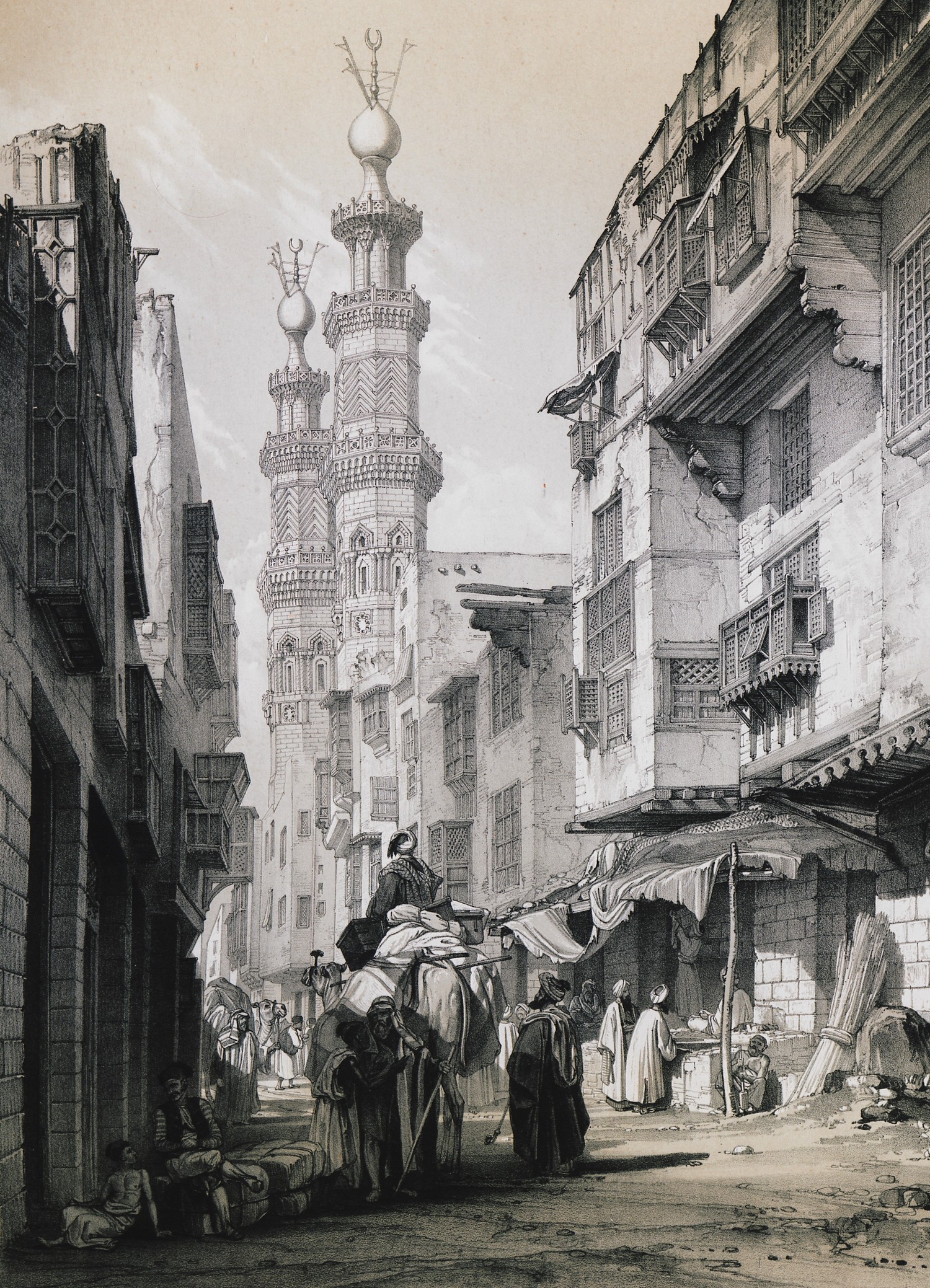
-
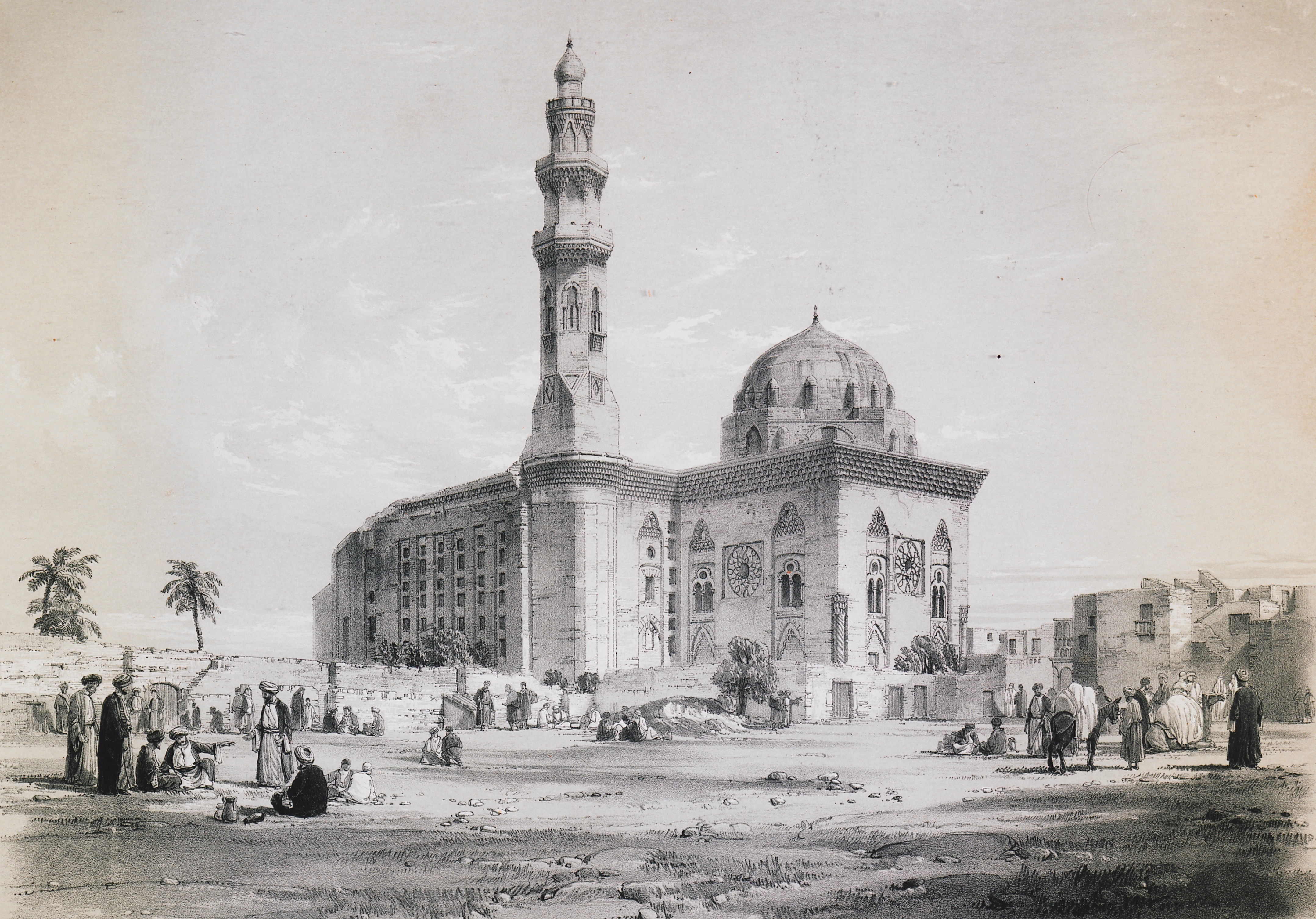
View of the mosque and religious school of Sultan Hassan in Cairo.
-
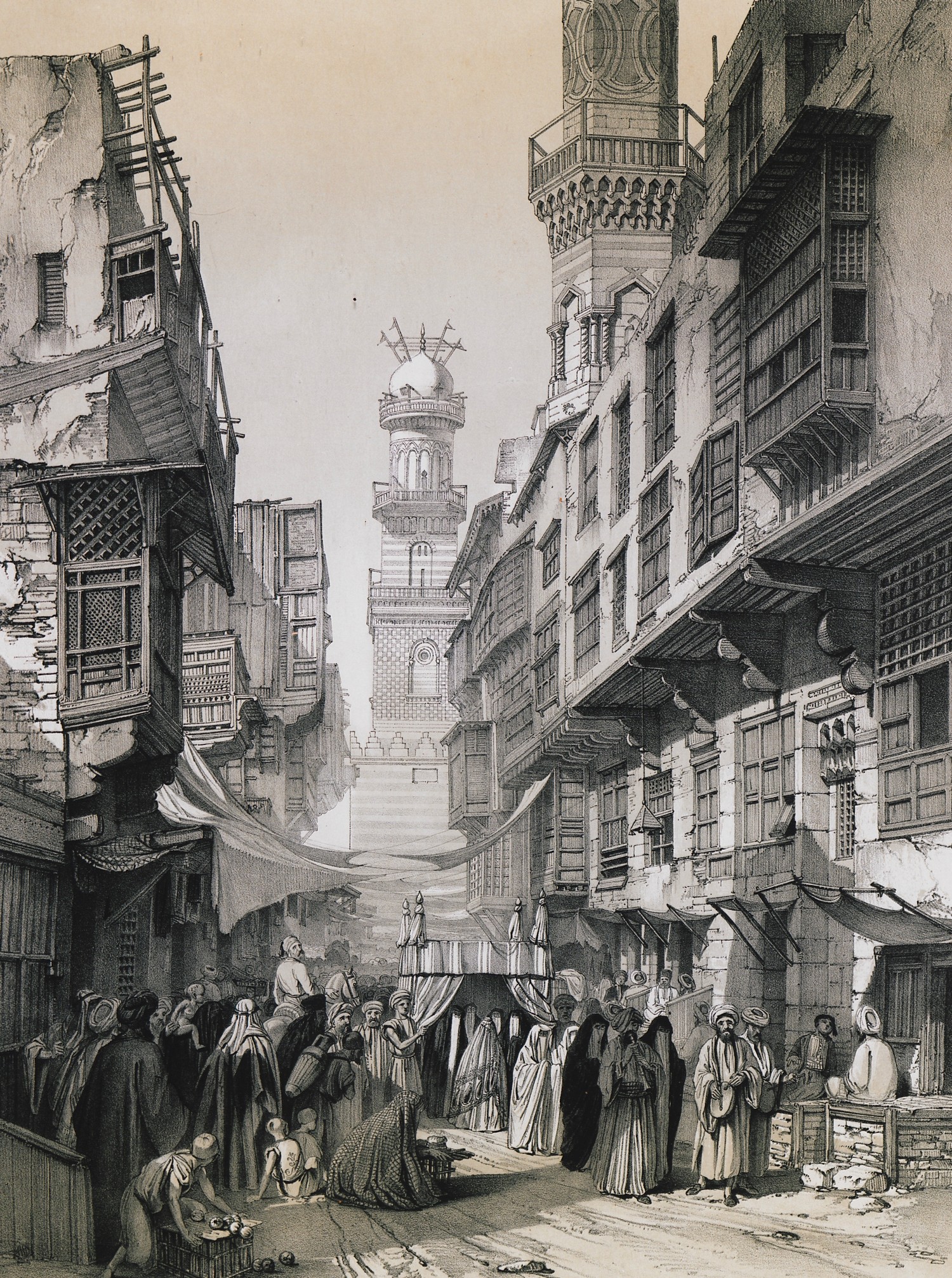
The minaret of Qalawun complex at Bayn al-Qasrayn, Cairo. In the foreground, a wedding procession.
-
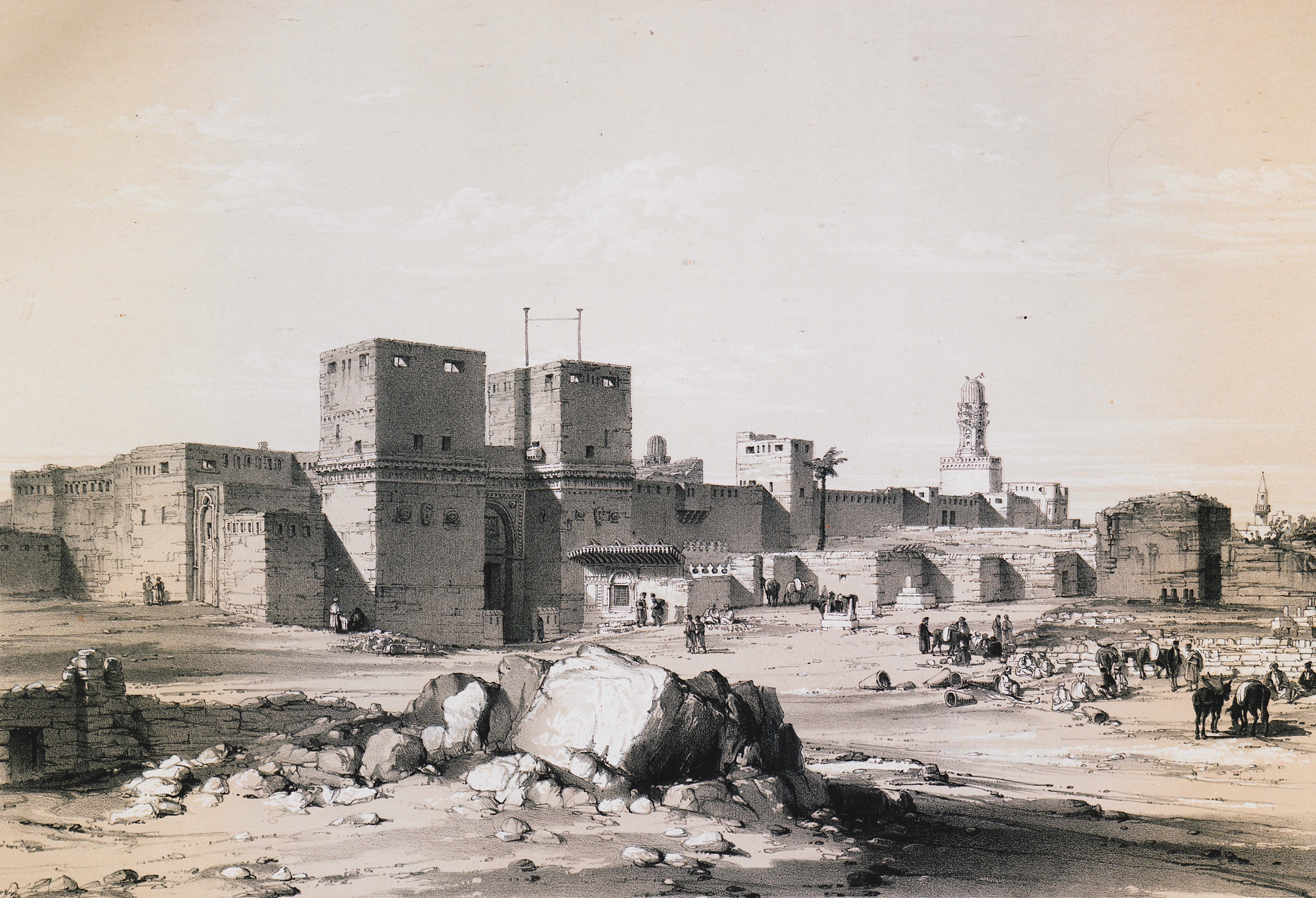
-
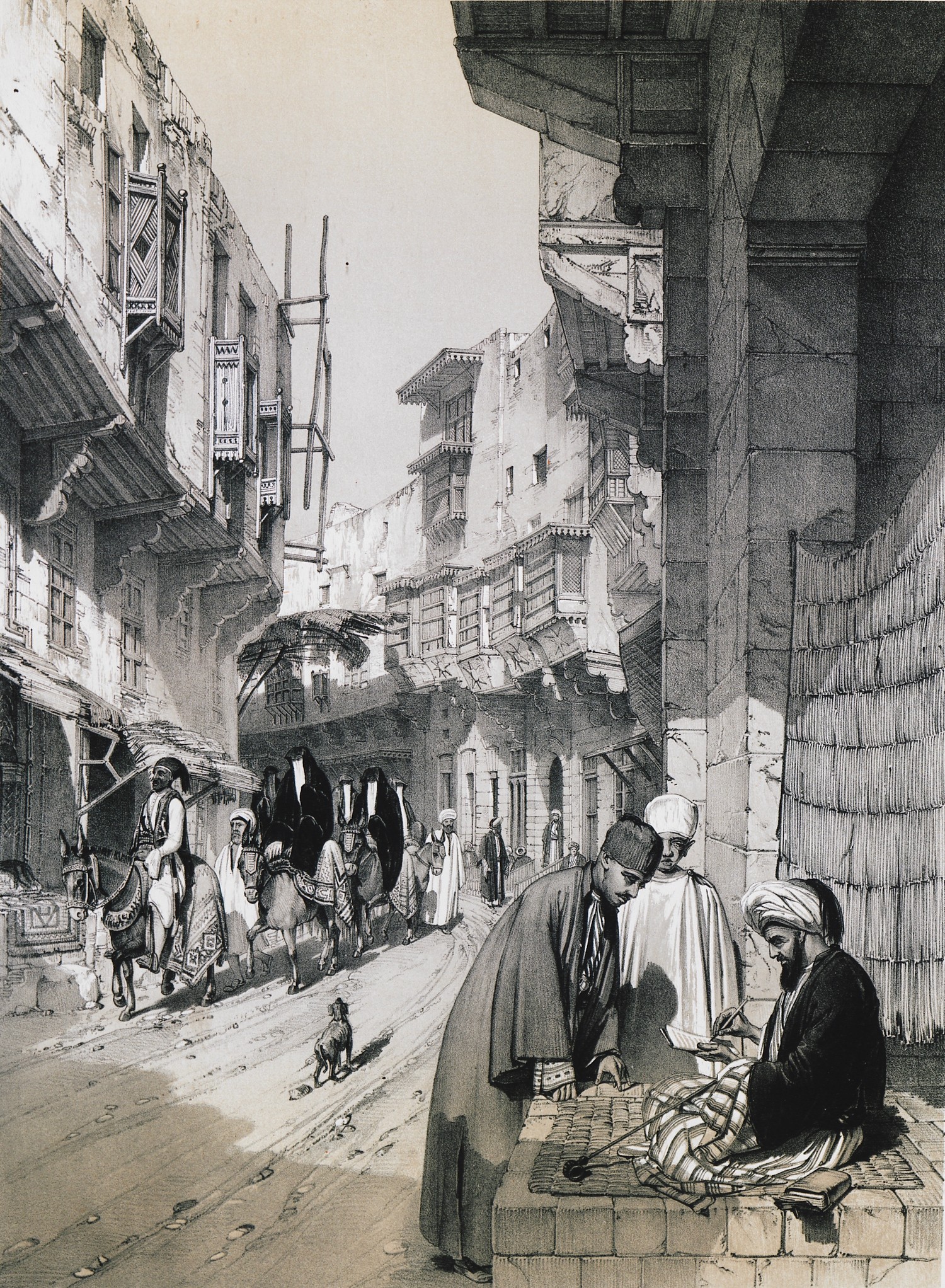
-
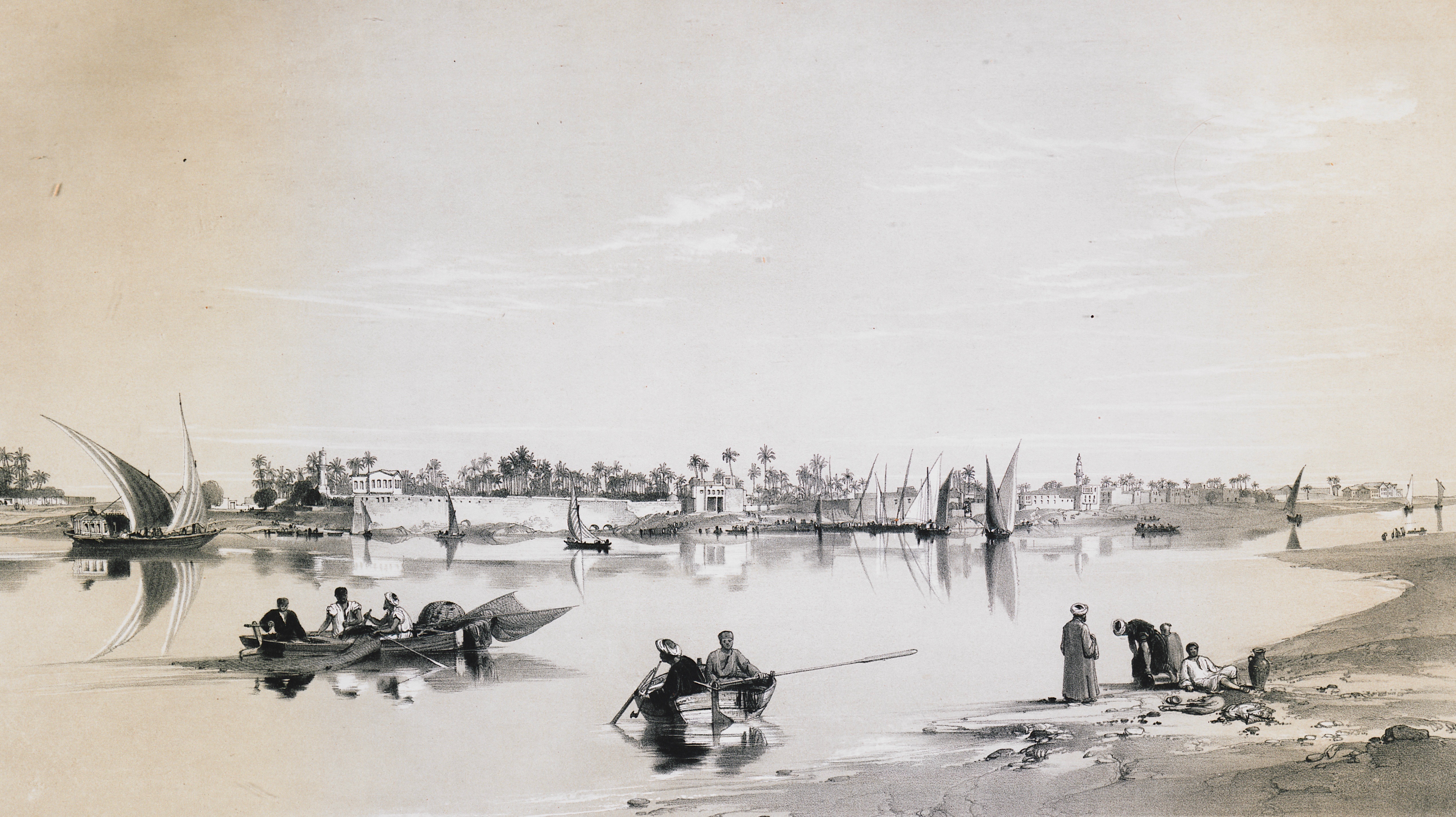
-
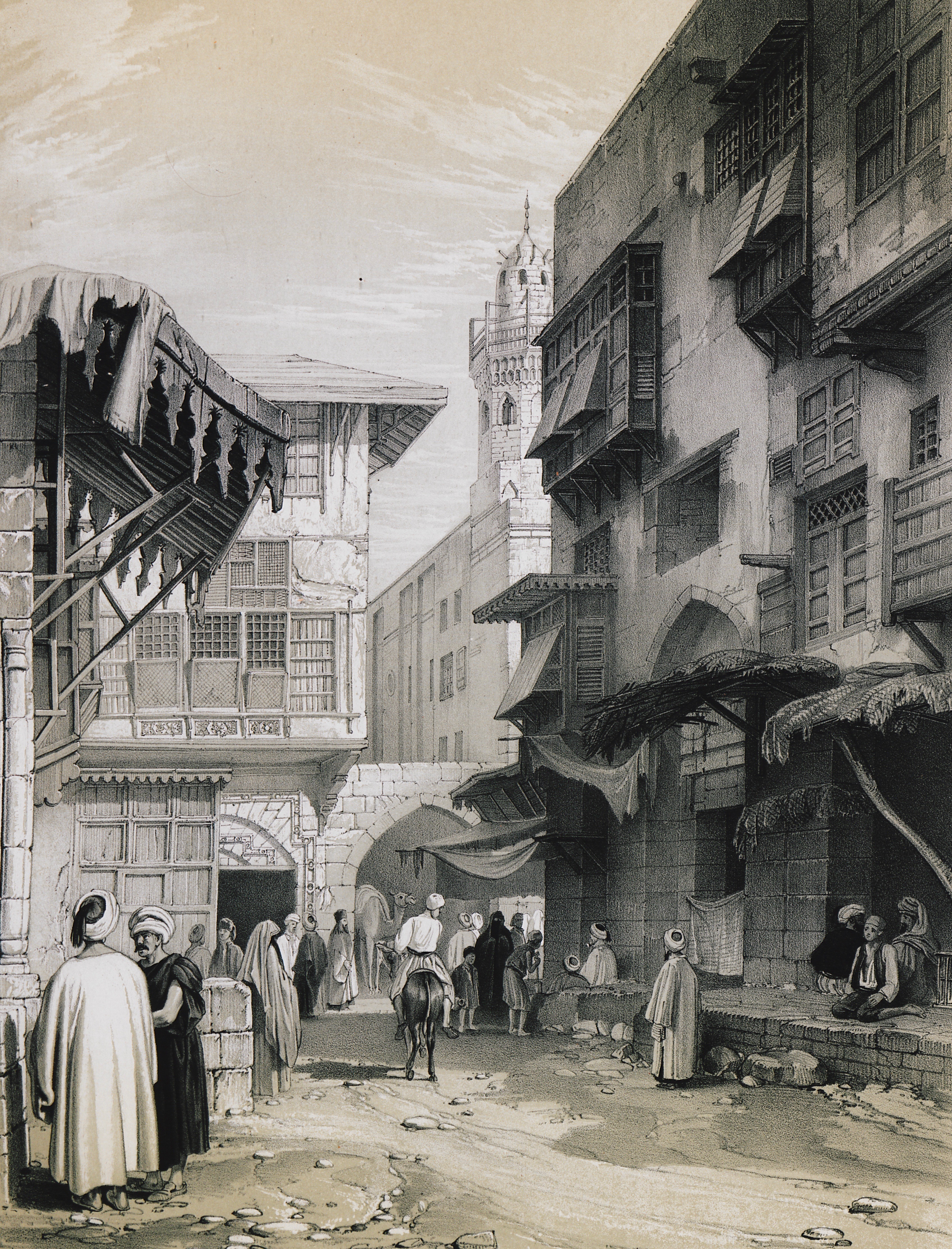
-
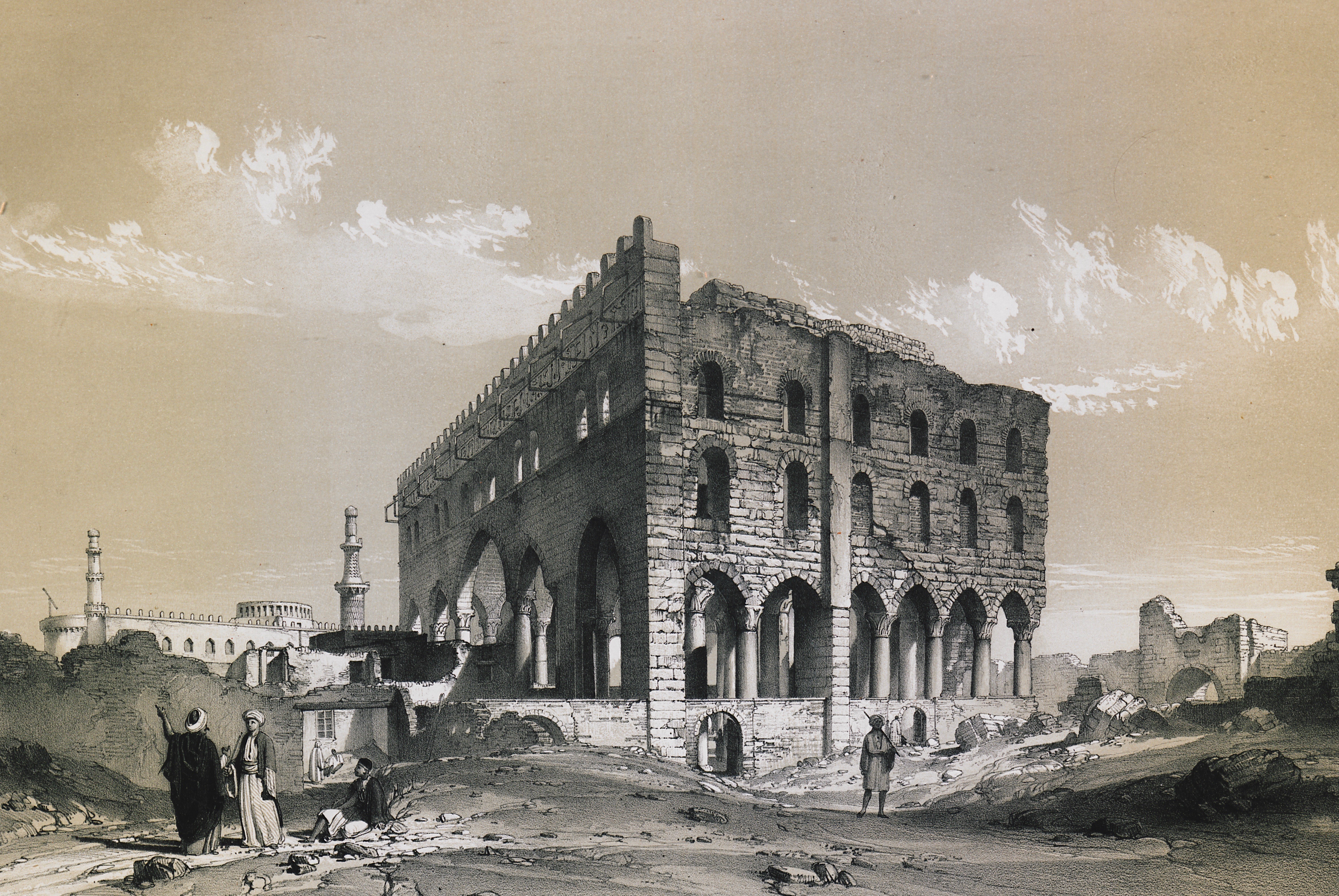
The structure known as “Joseph's Hall” at the Citadel of Cairo.
-
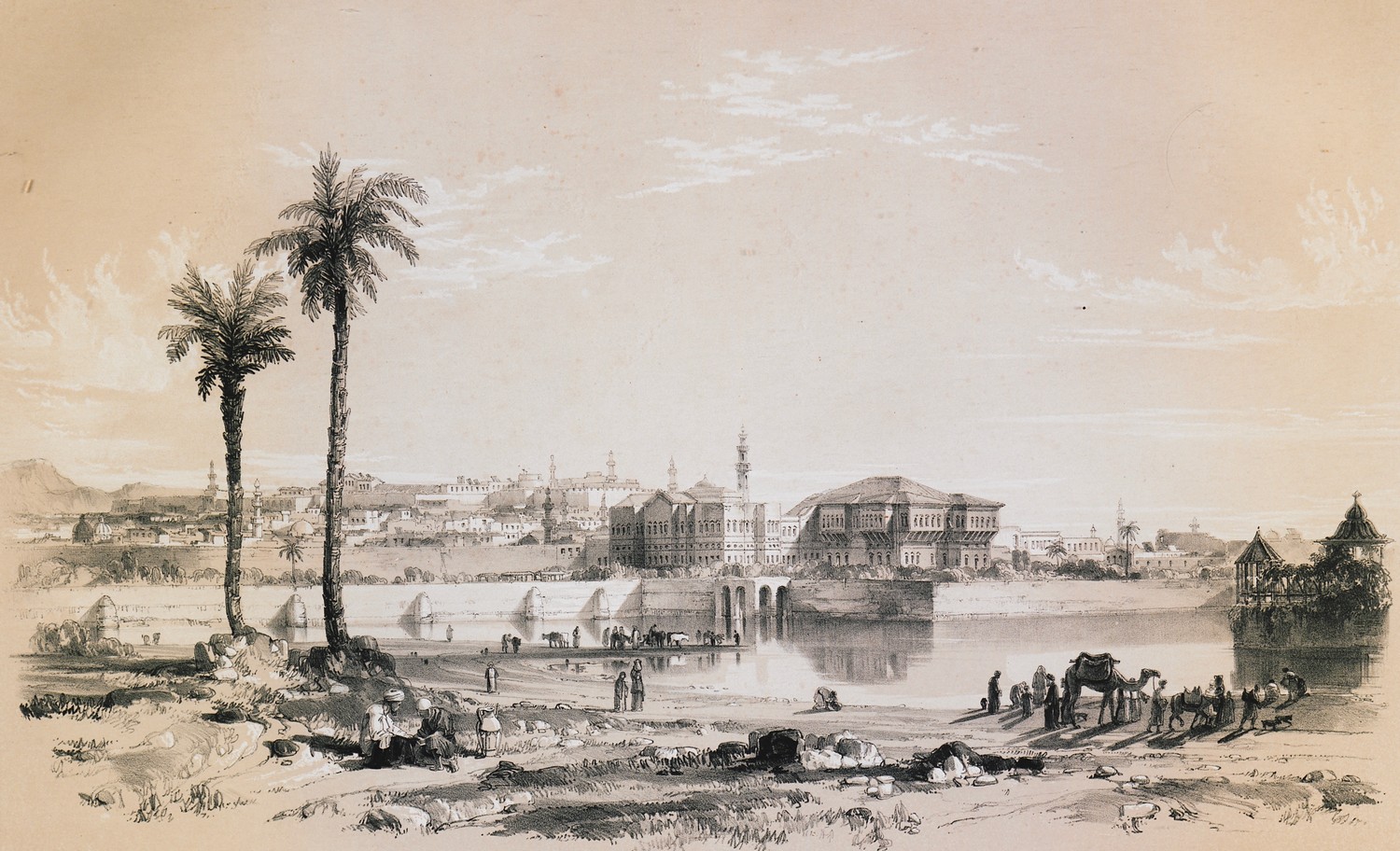
-
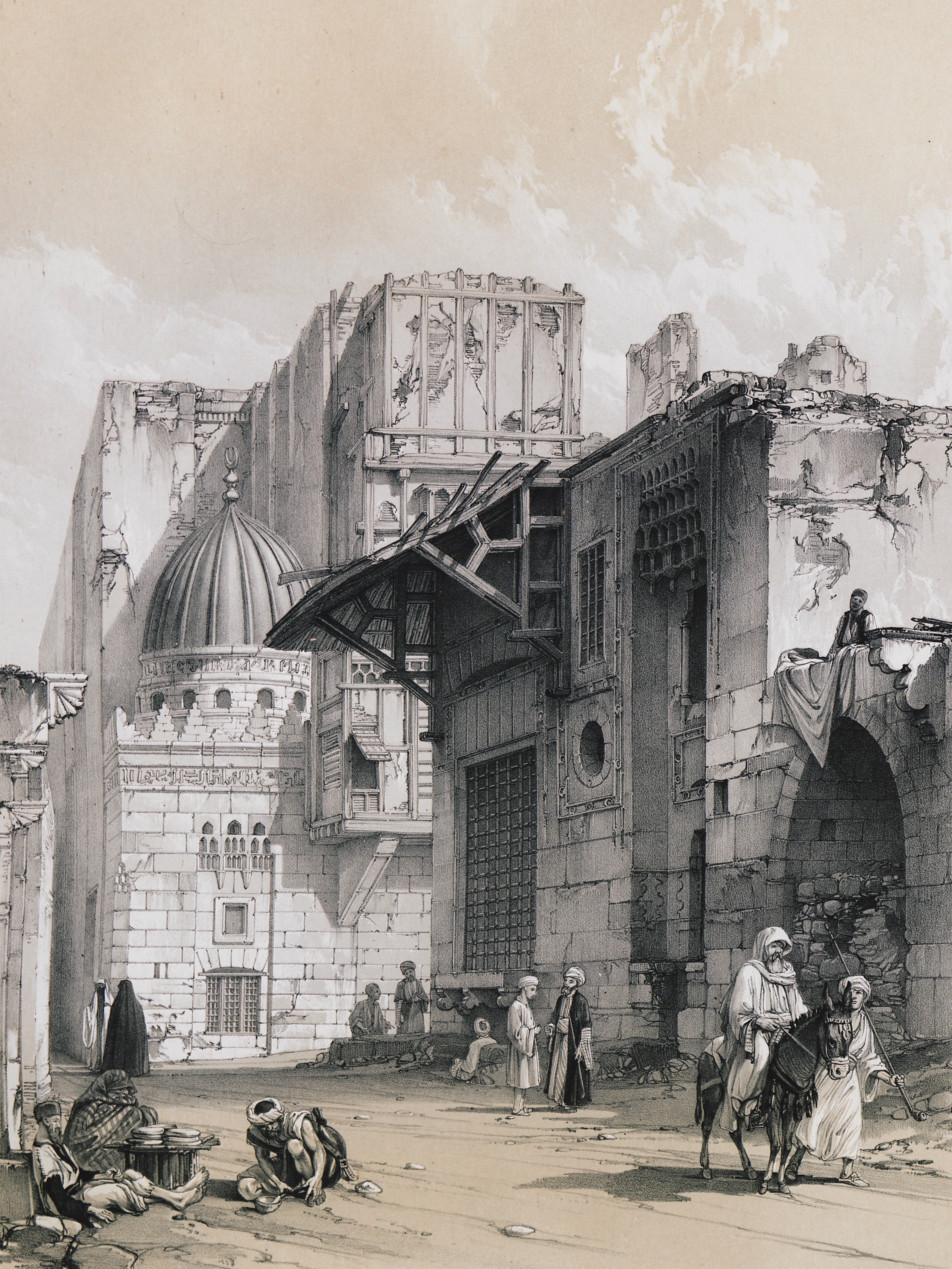
The mausoleum of Emir El Muzaffar Alam El Din Sangar in Cairo.
-
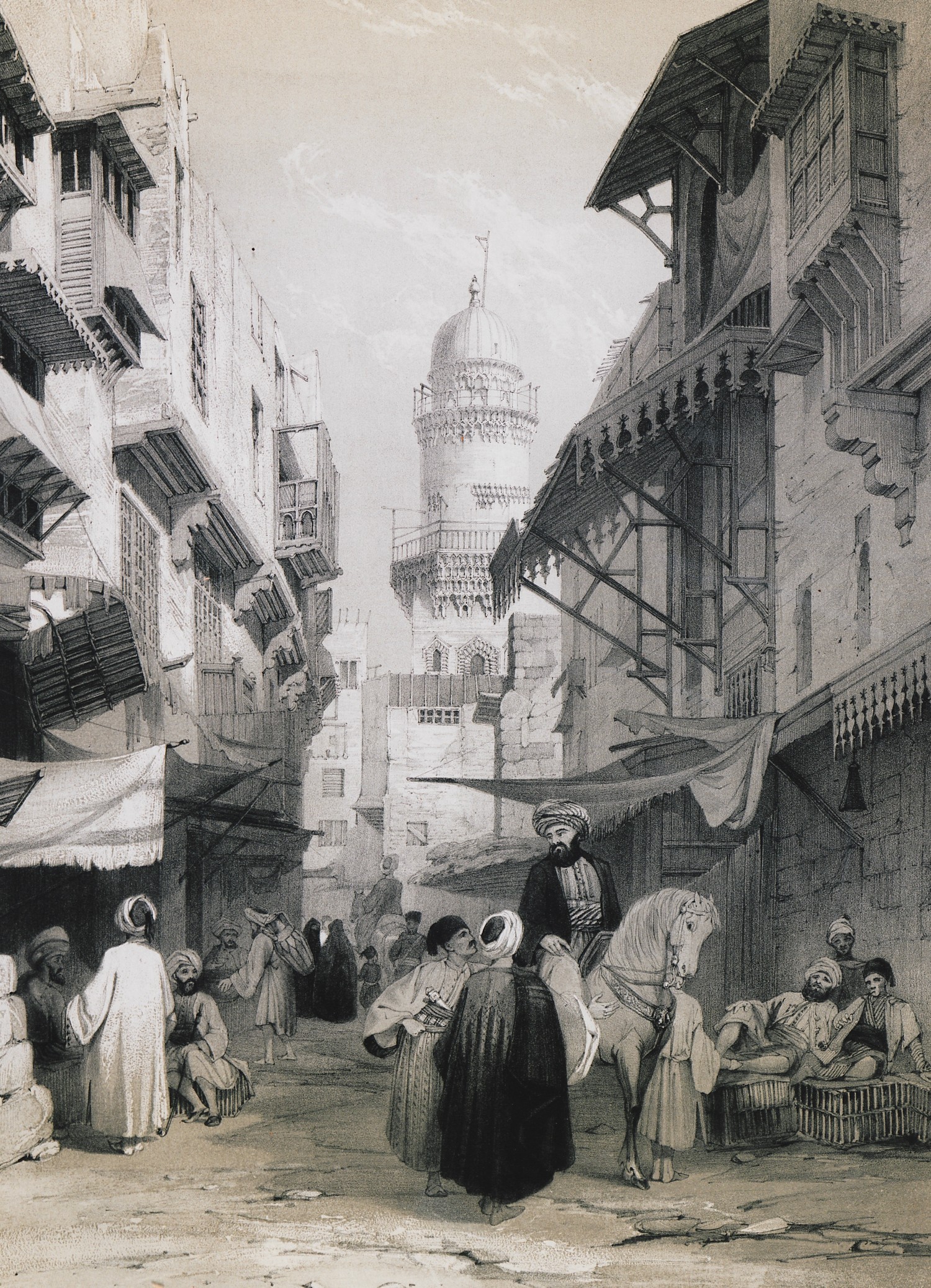
Streetlet close to the mosque of Sultan al-Zahir Baybars in Cairo.
-
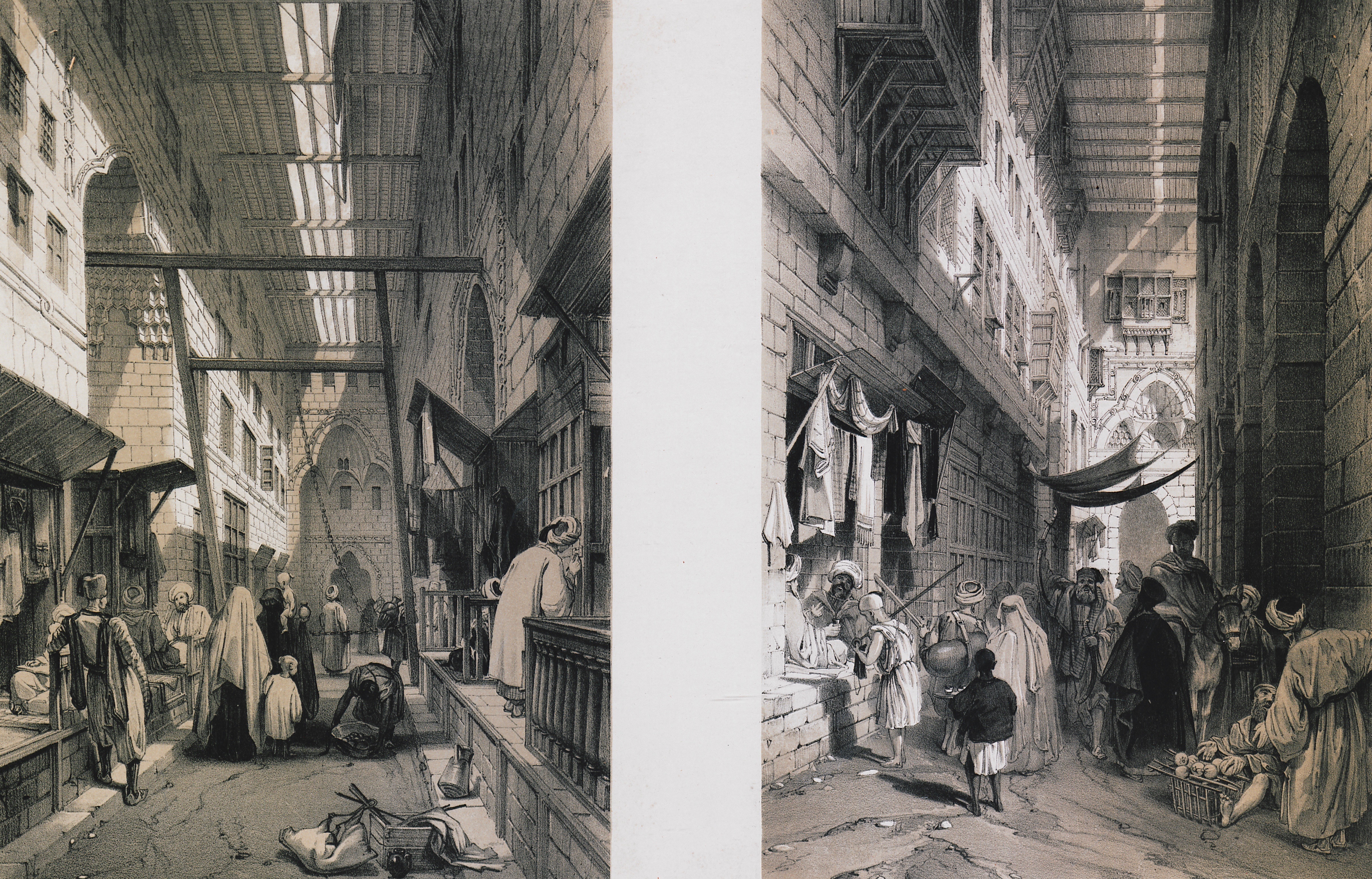
-
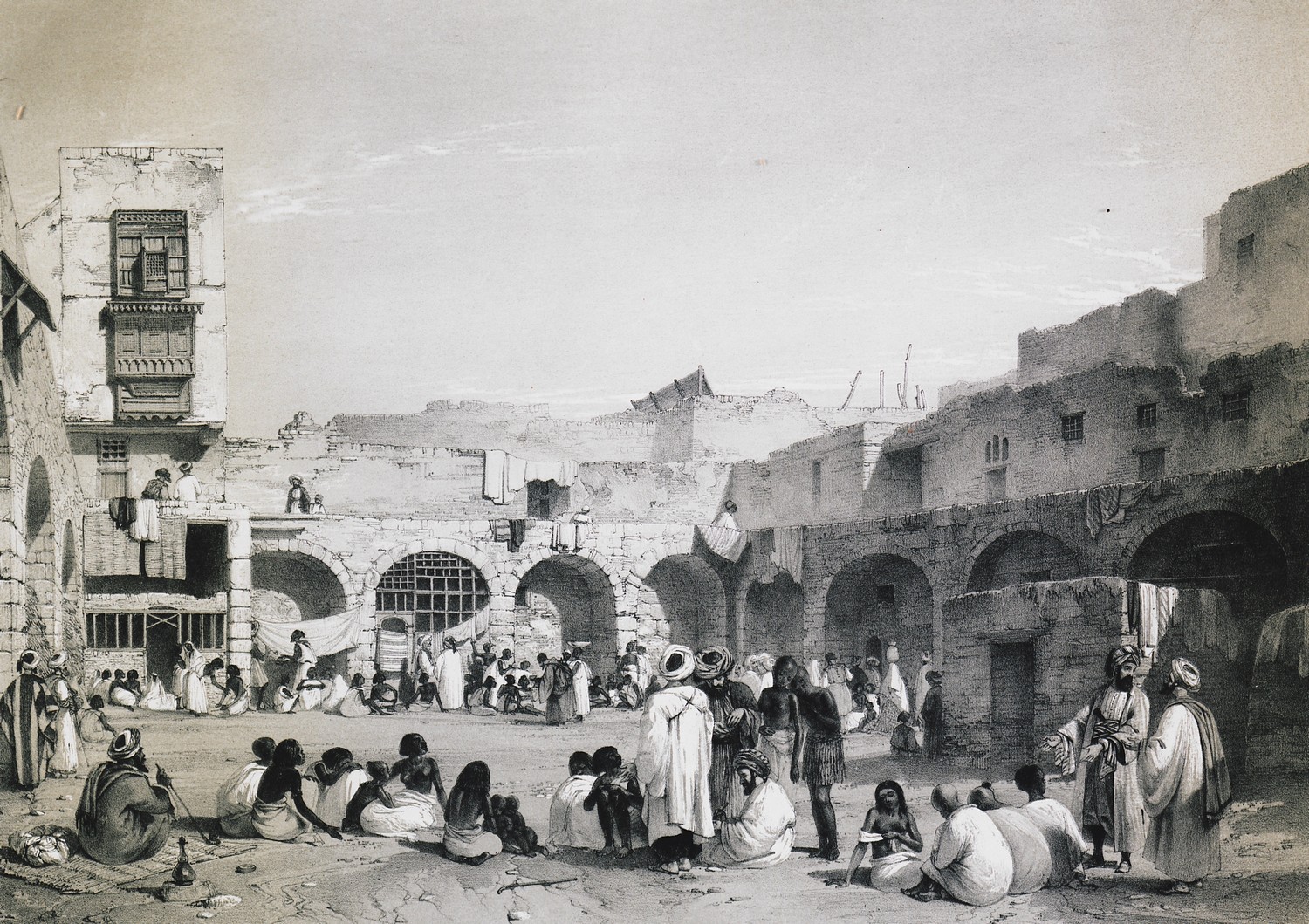
-
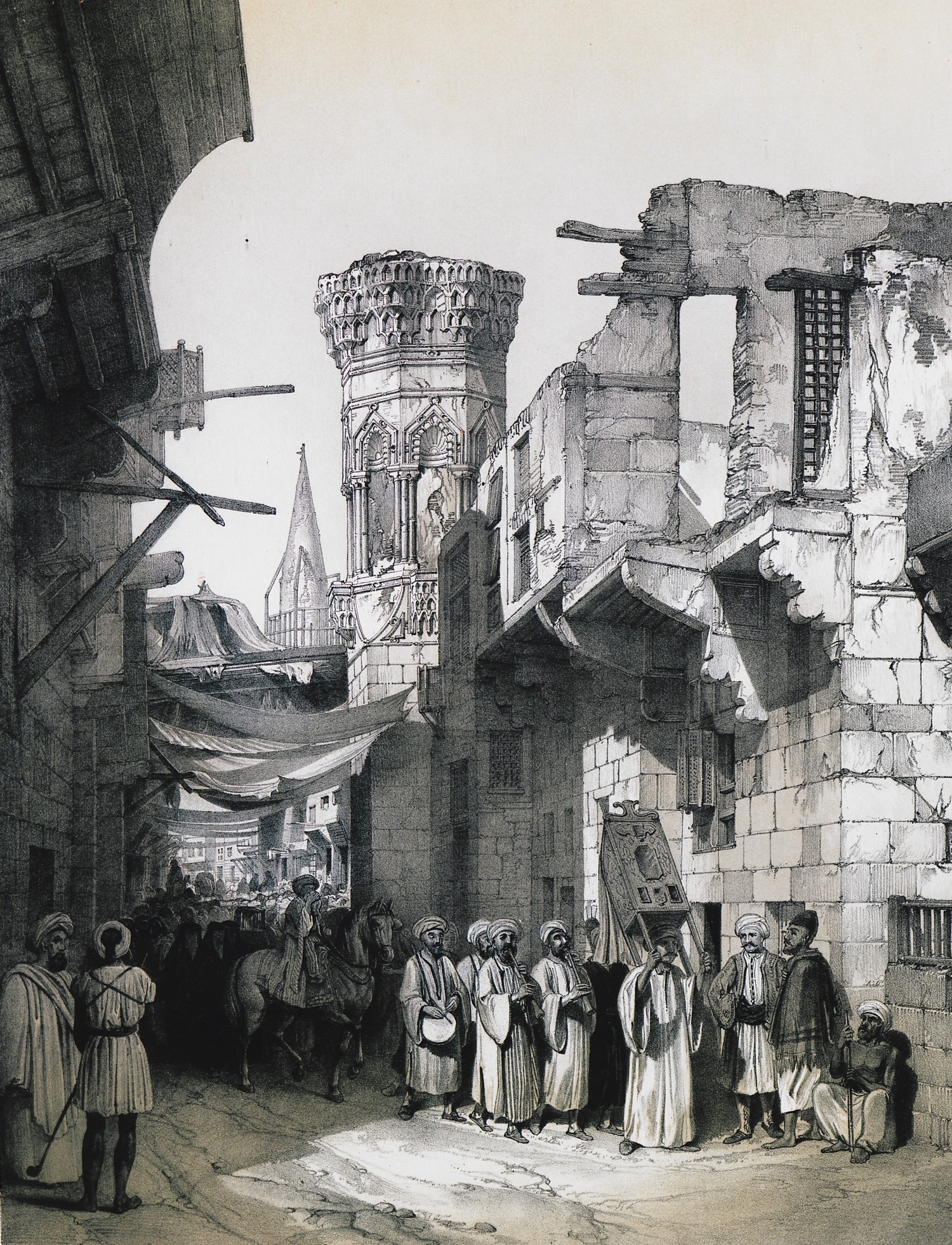
-
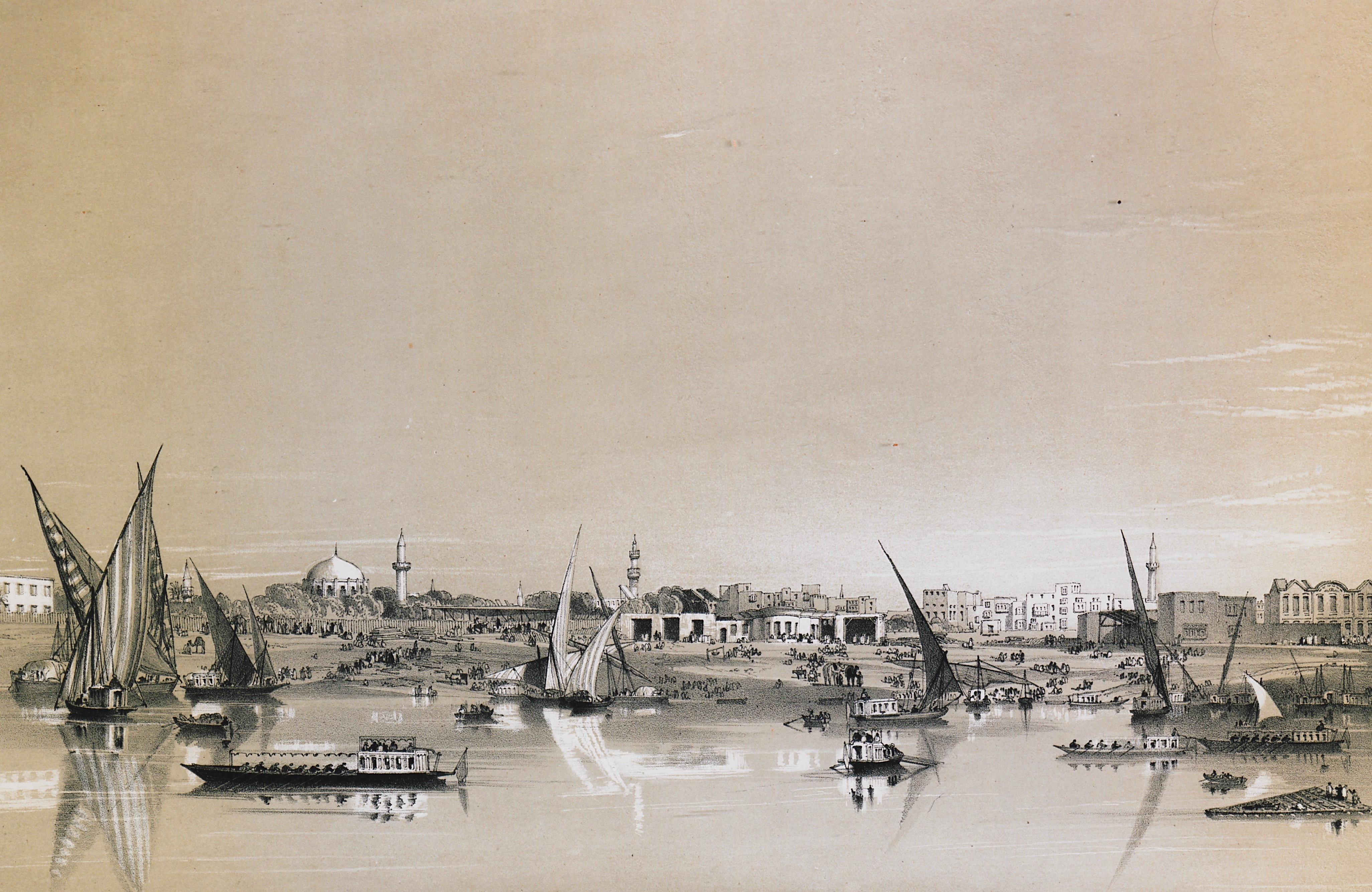
-
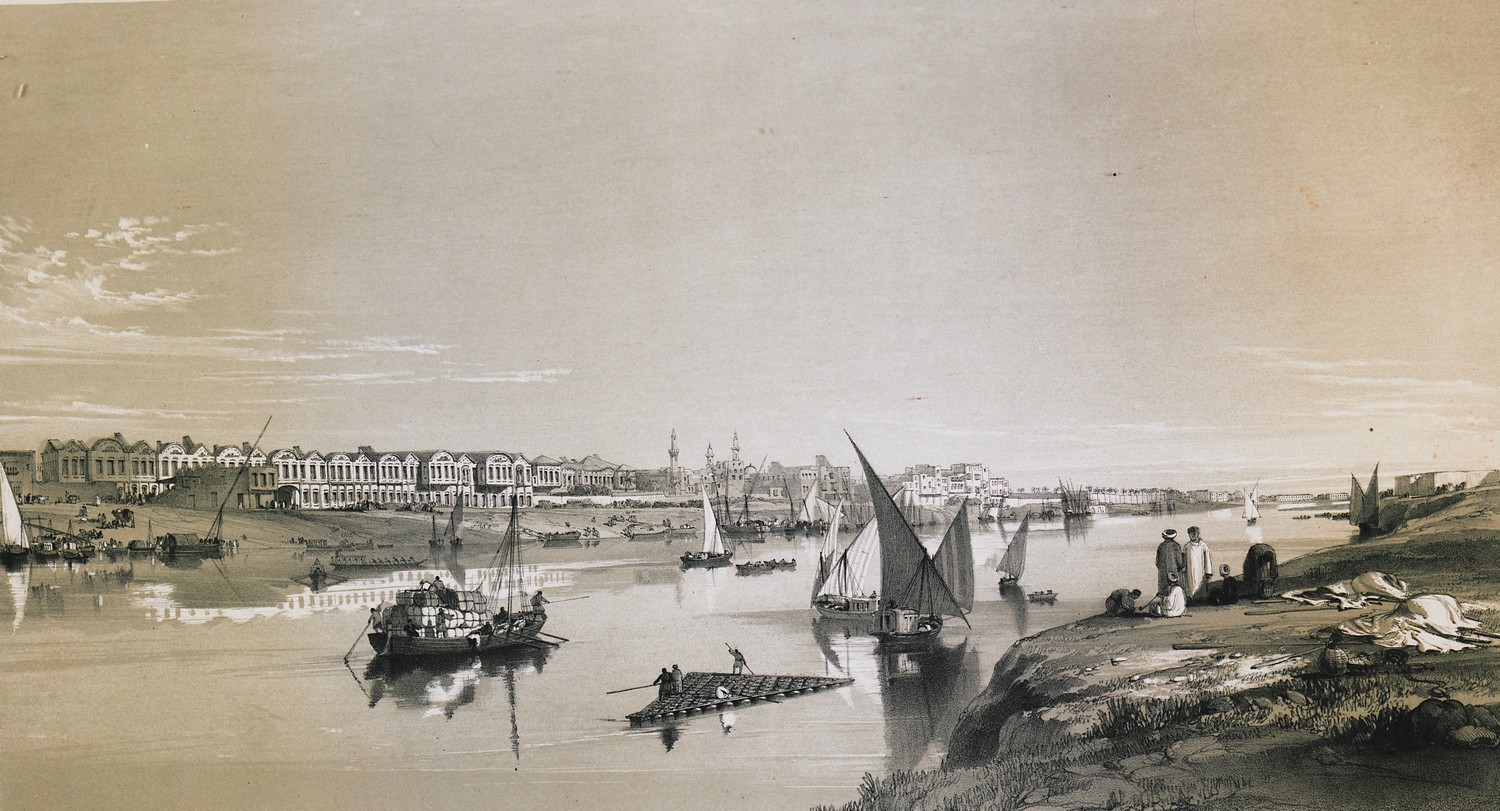
-
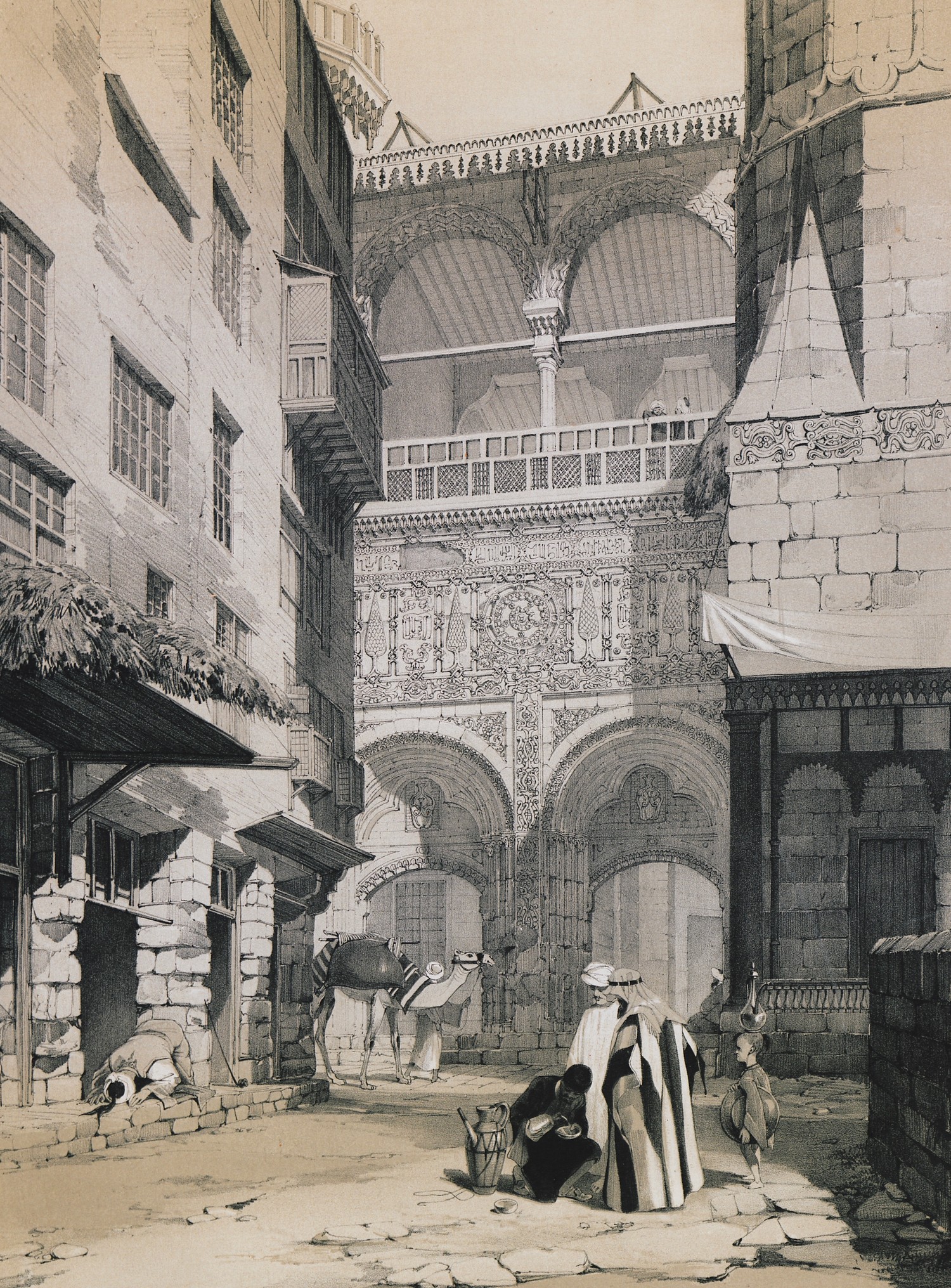
-
